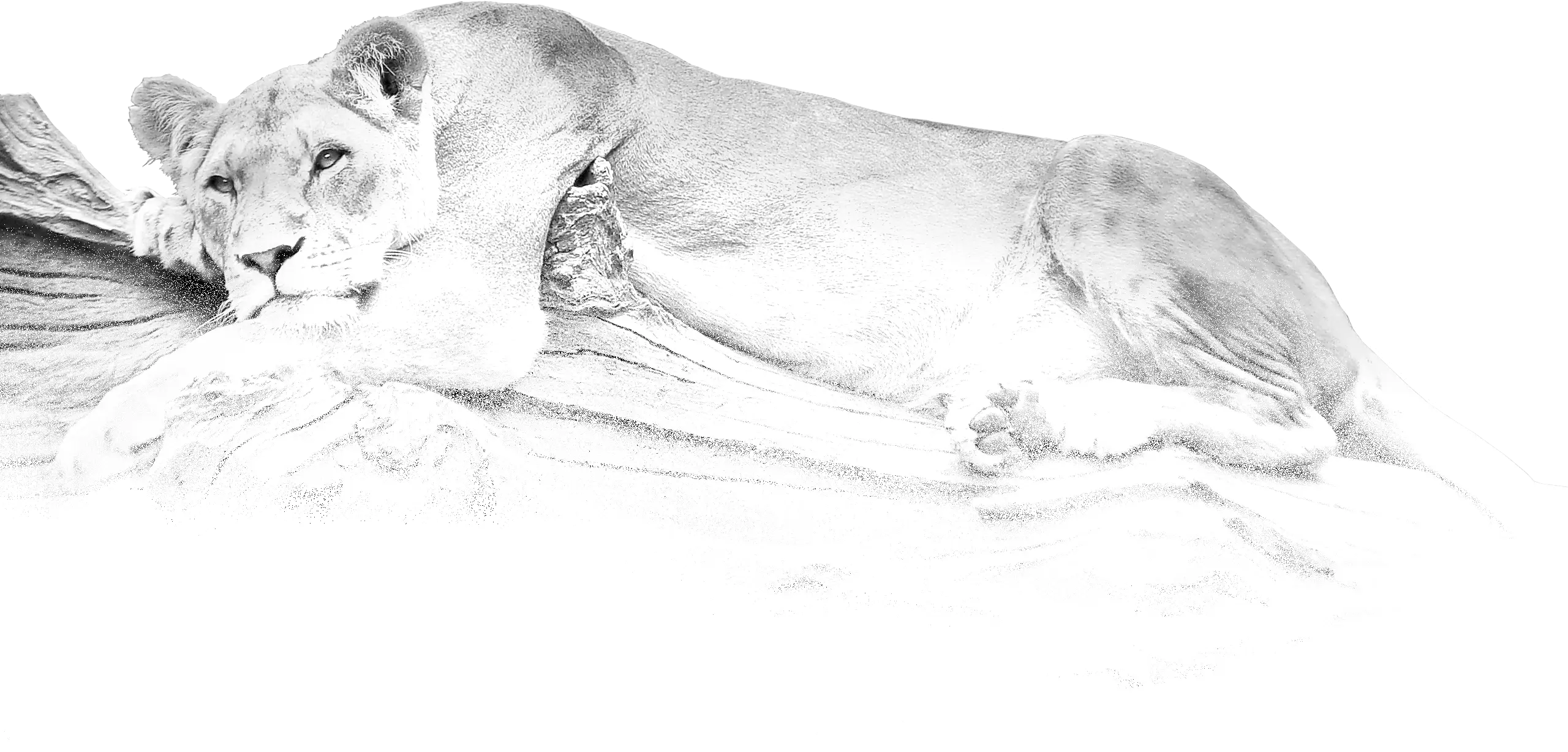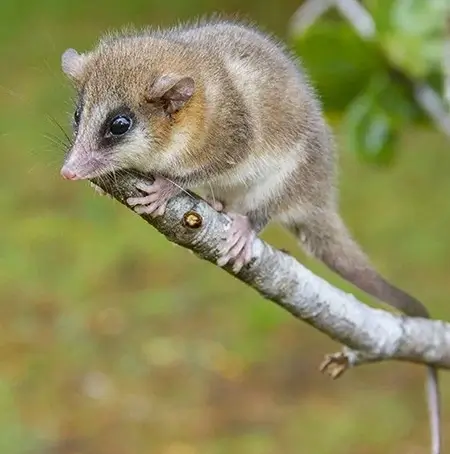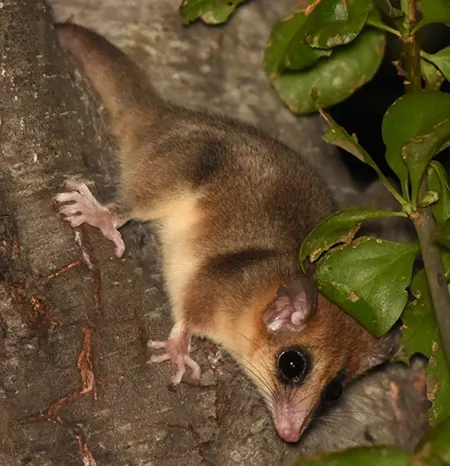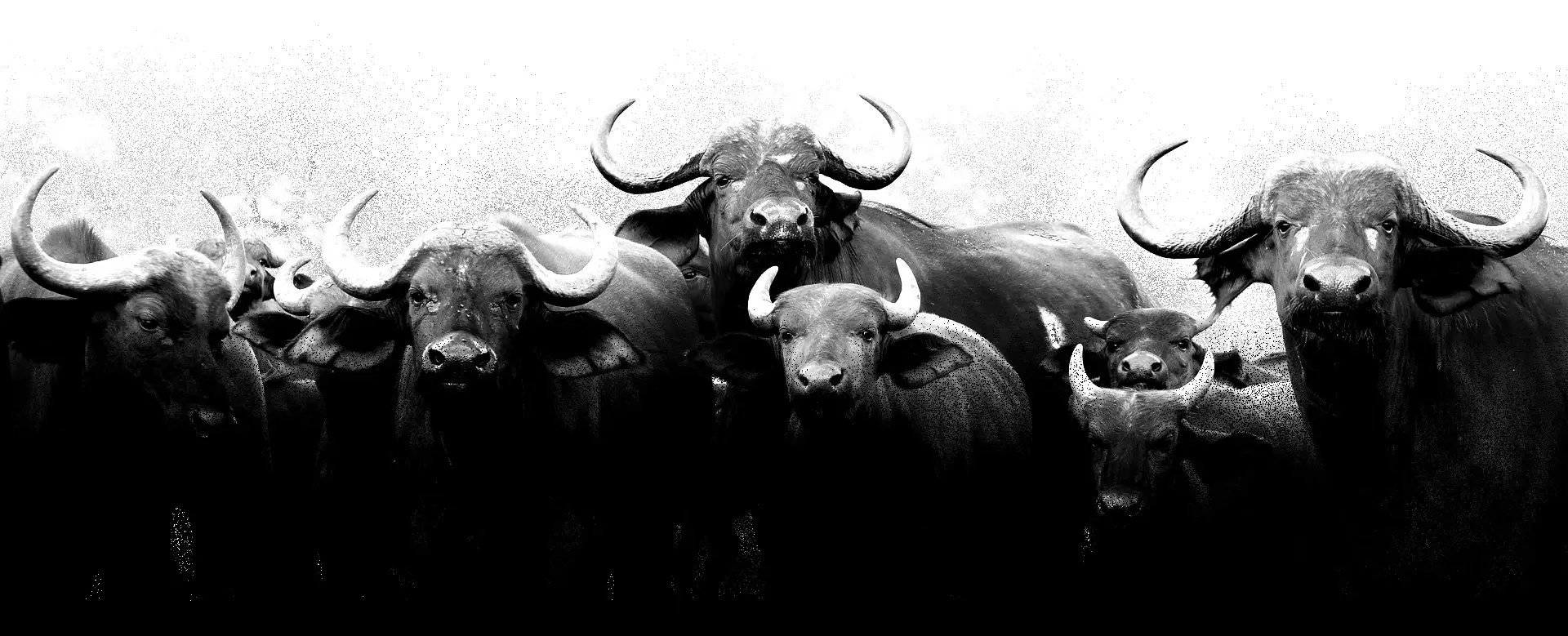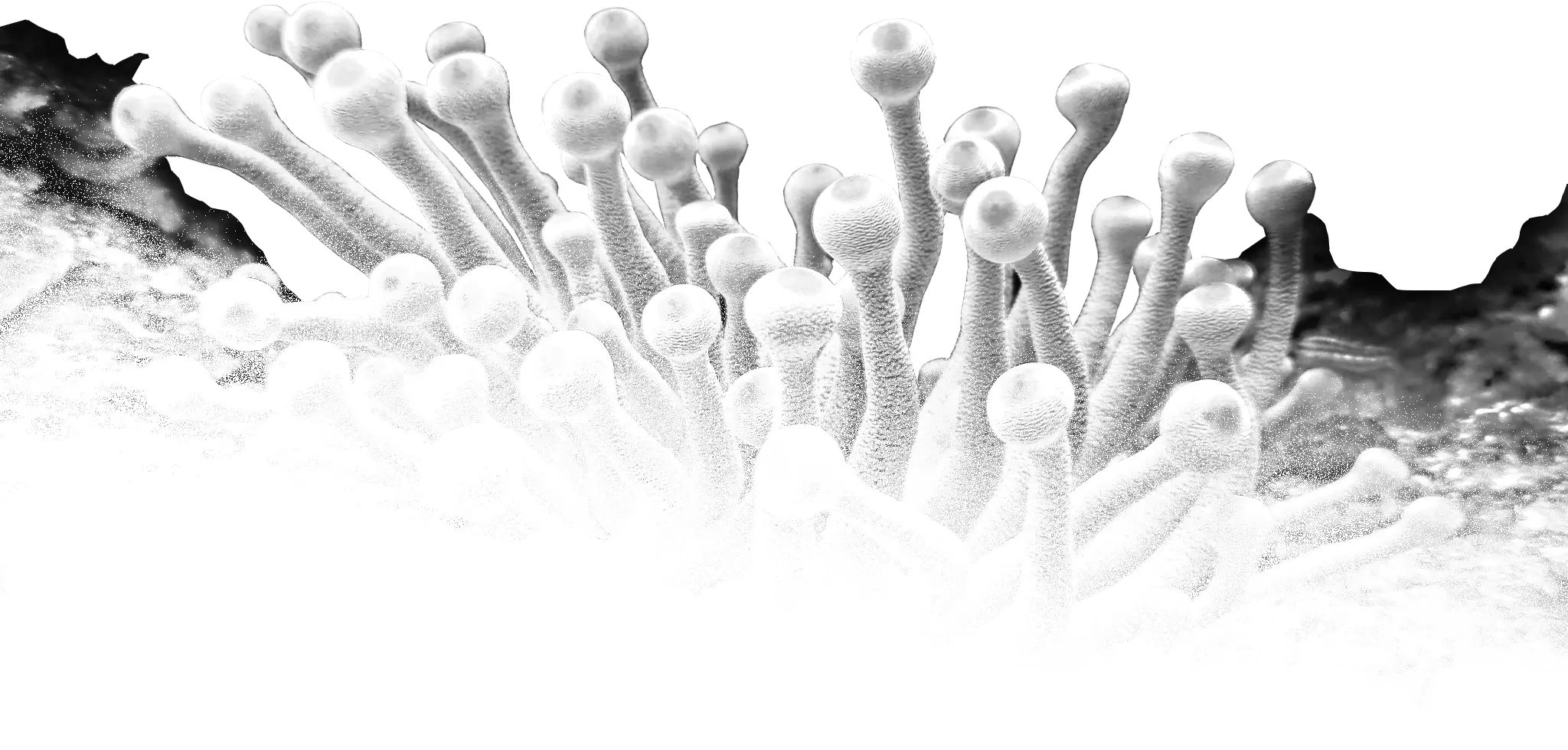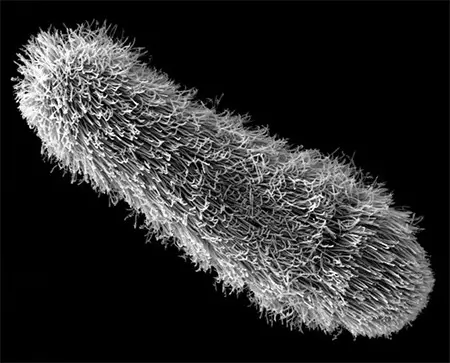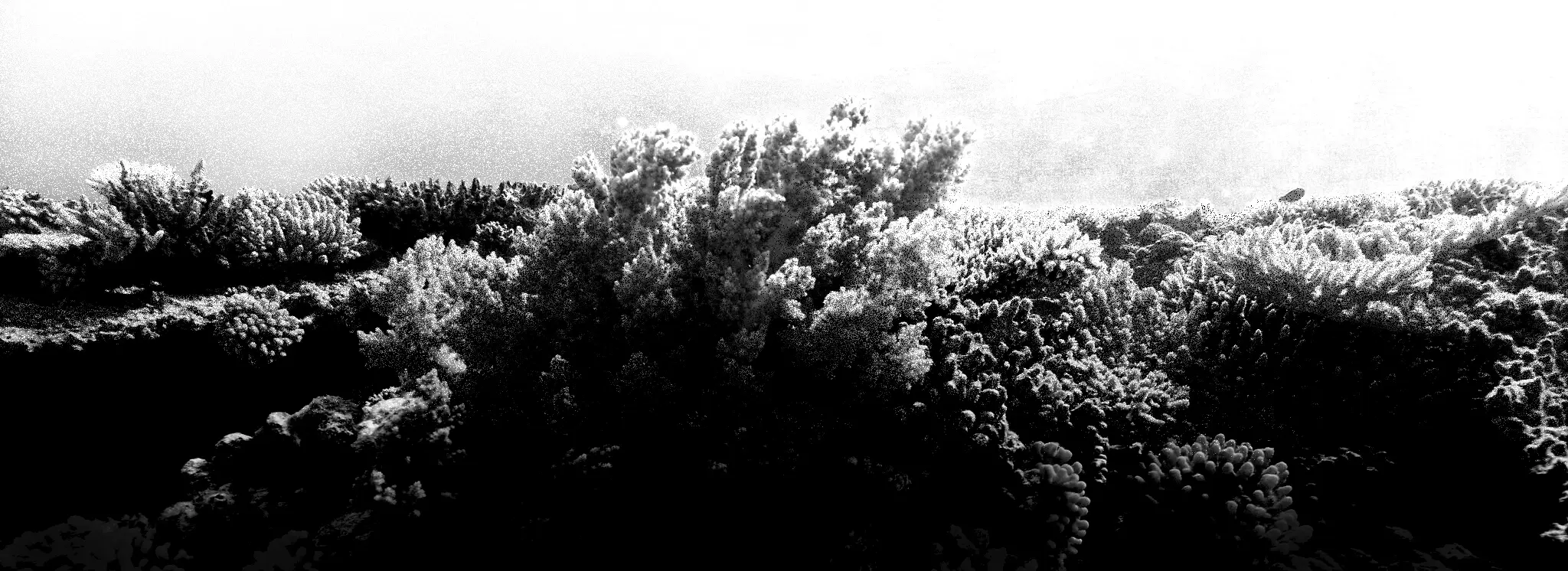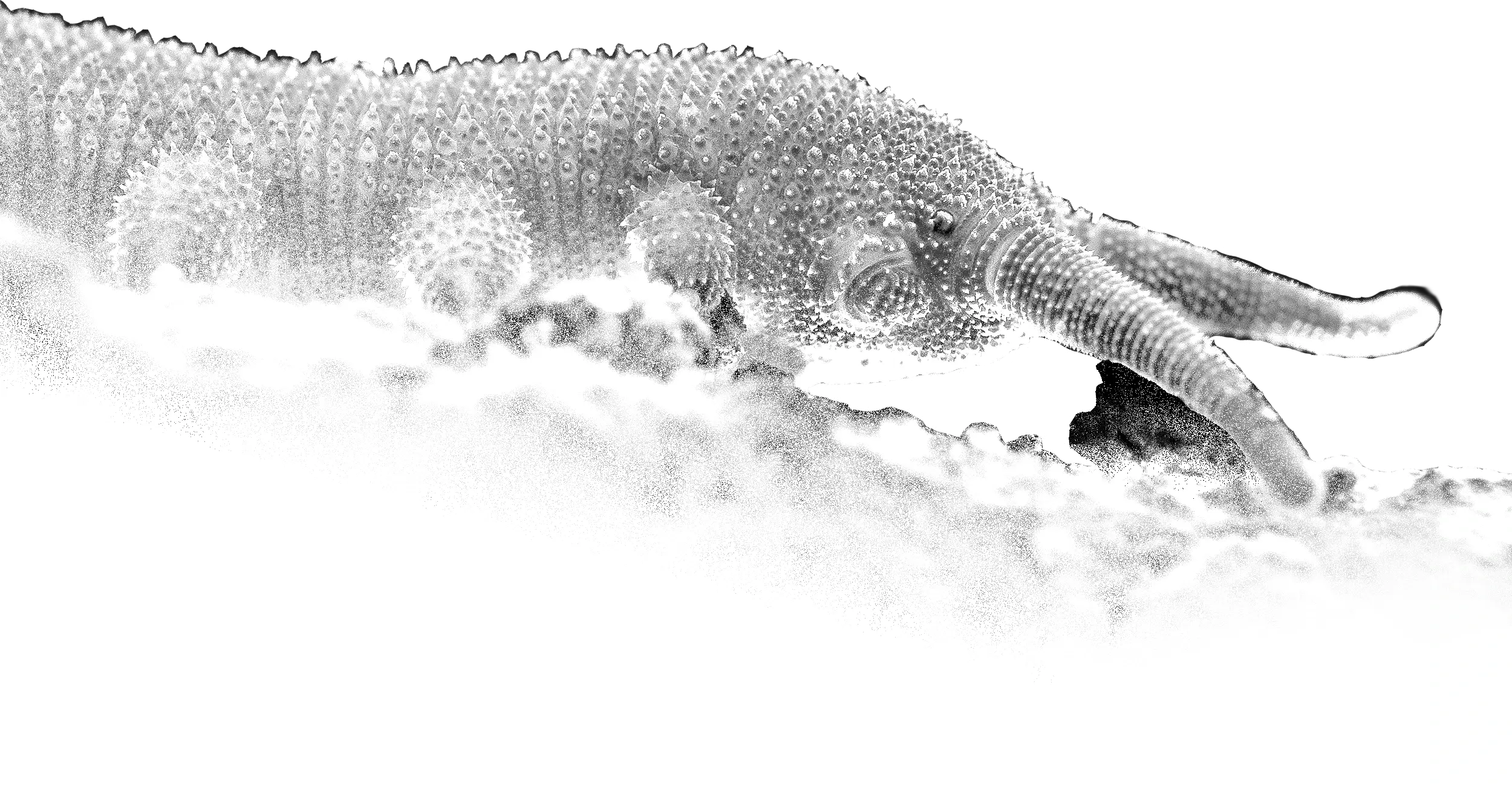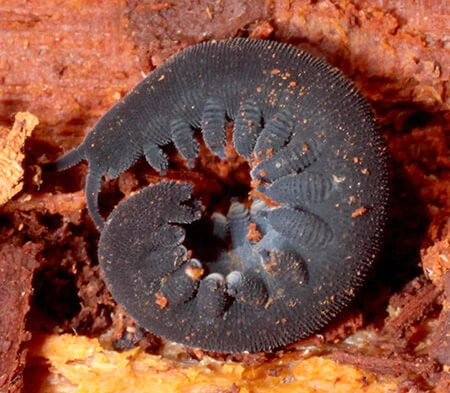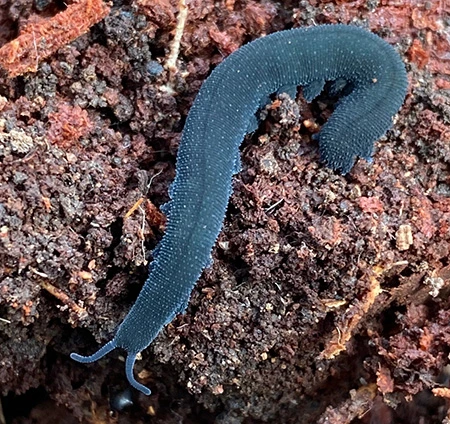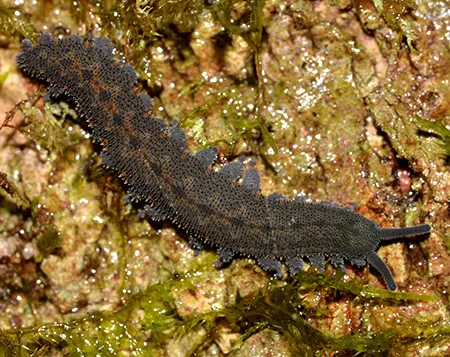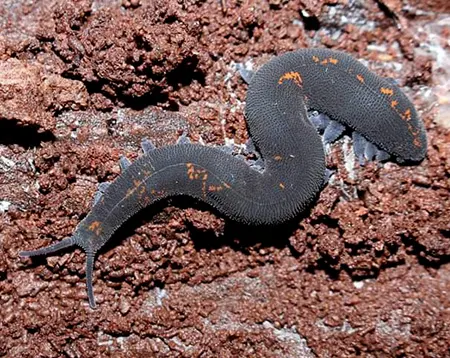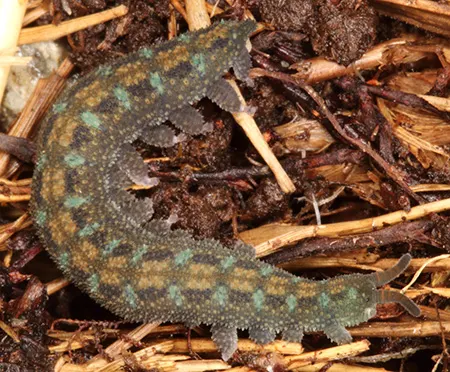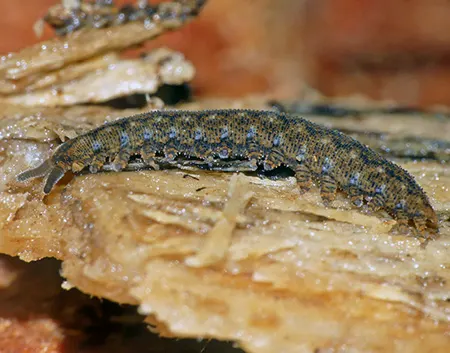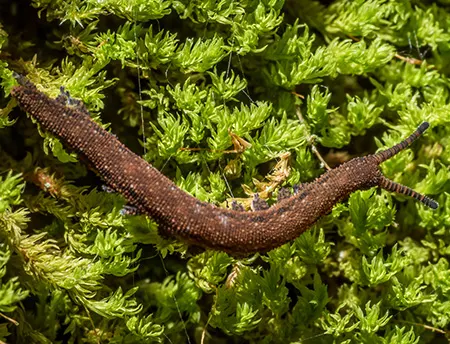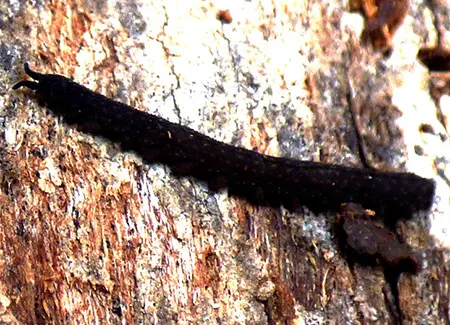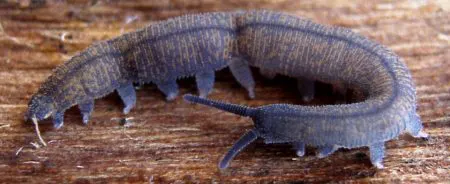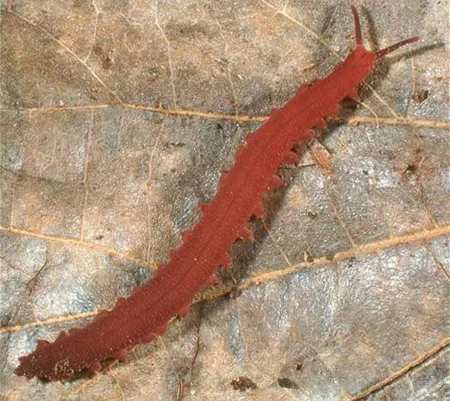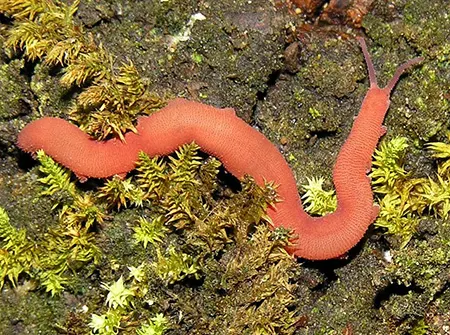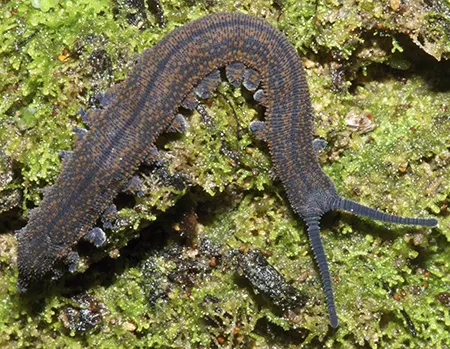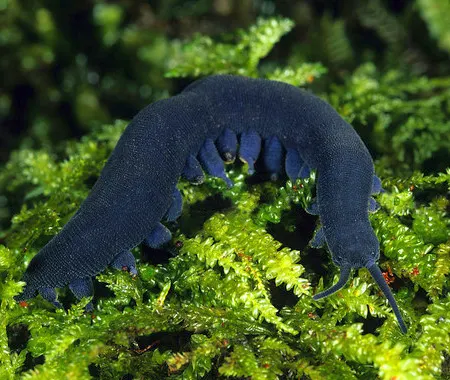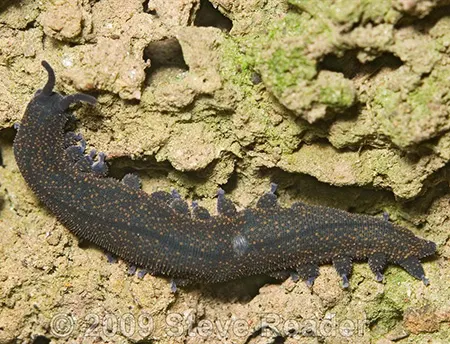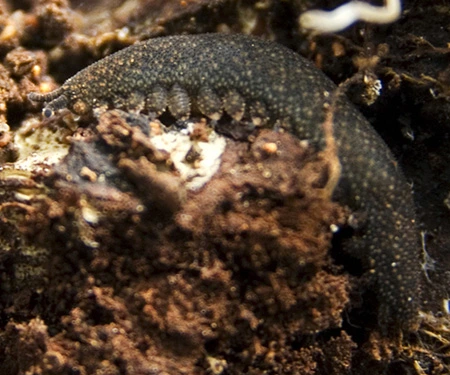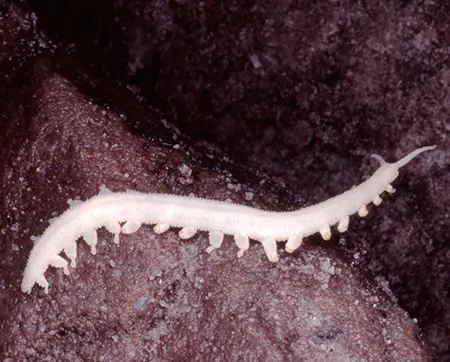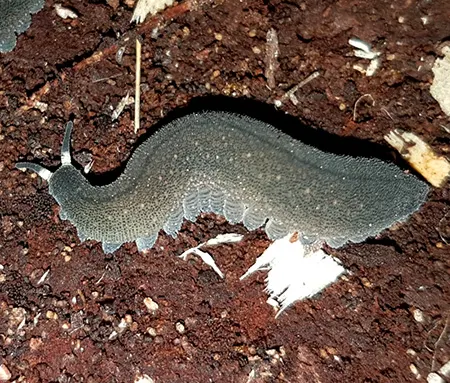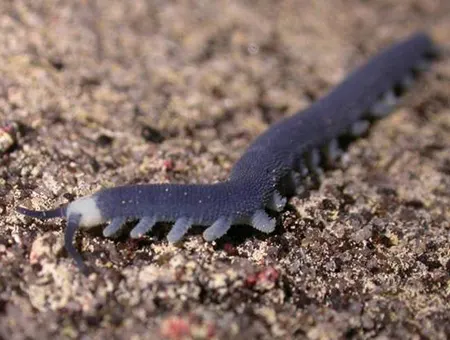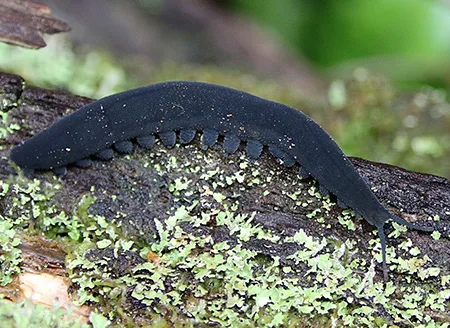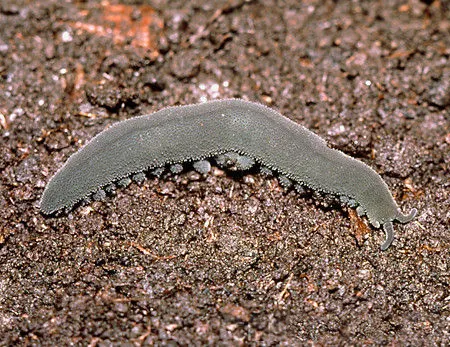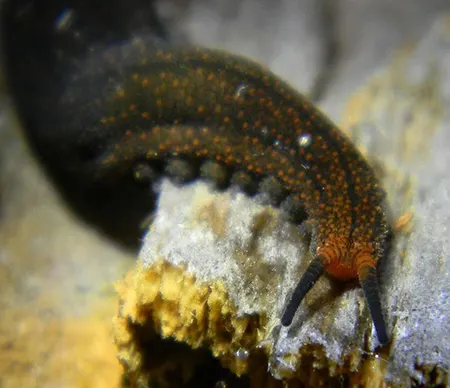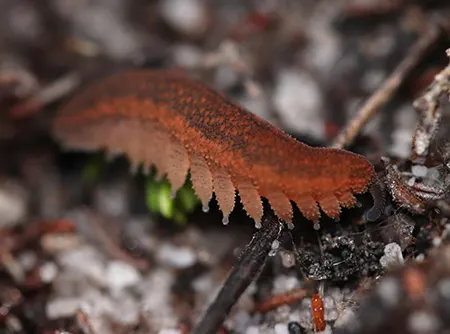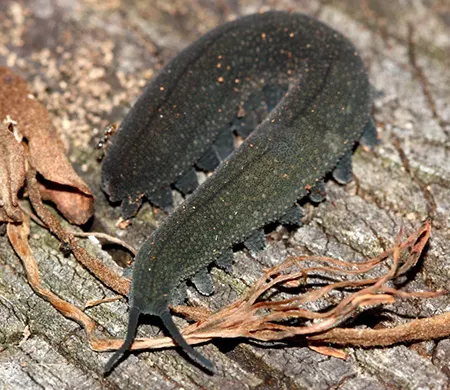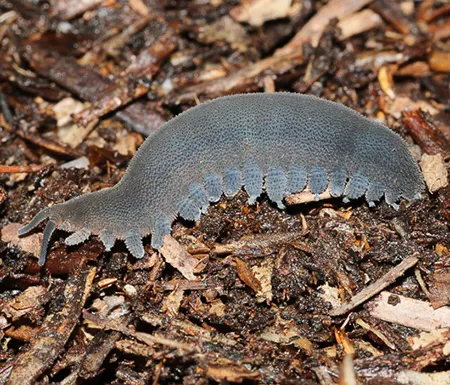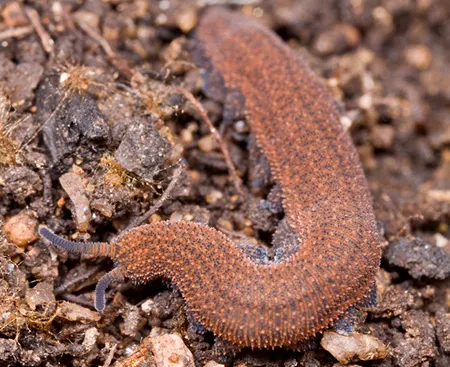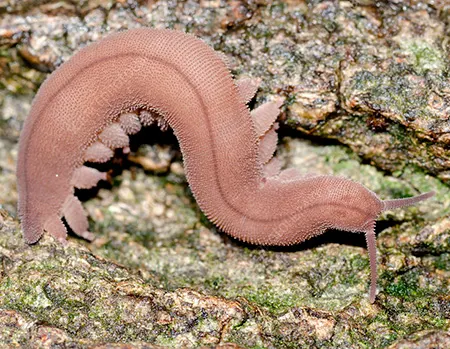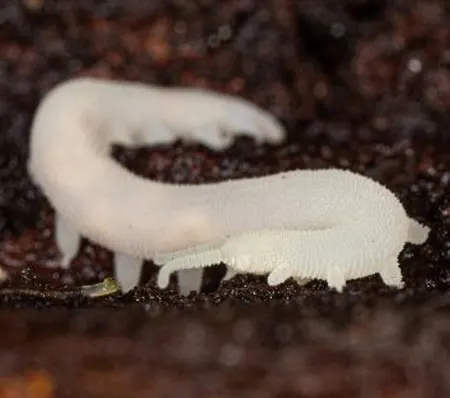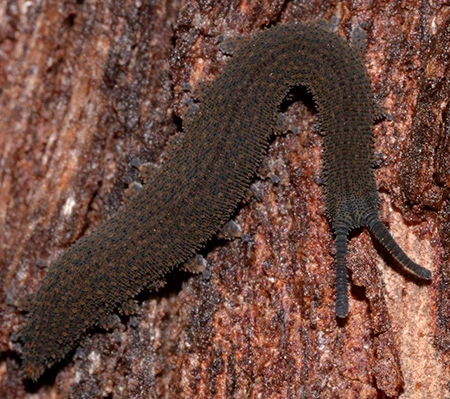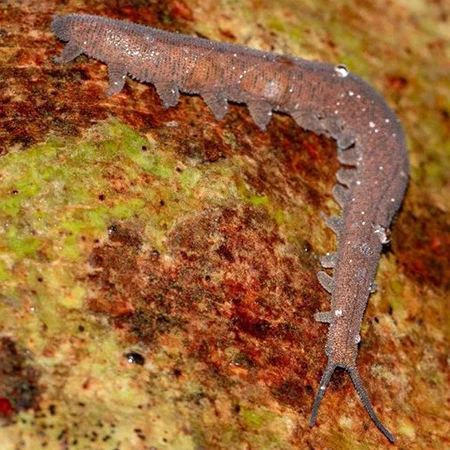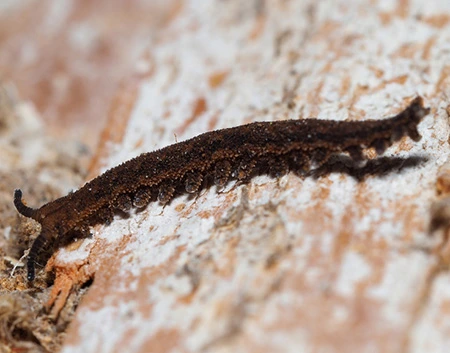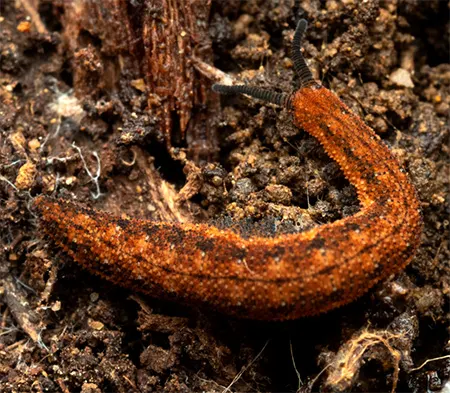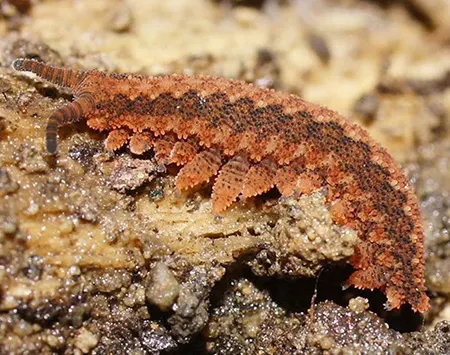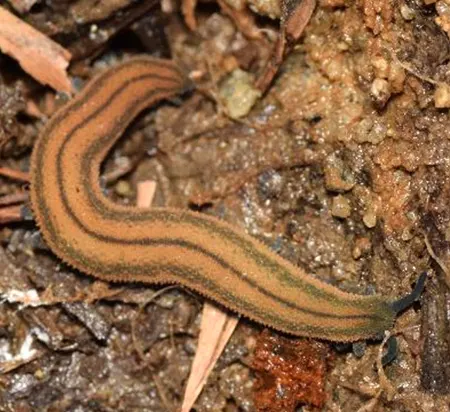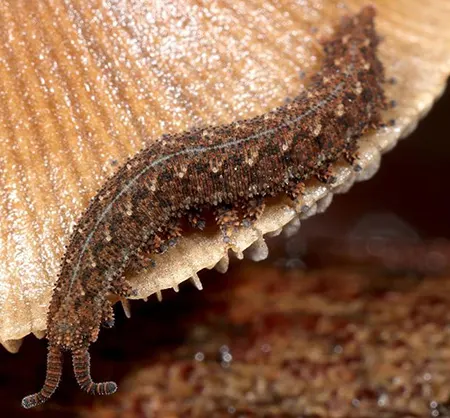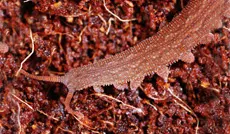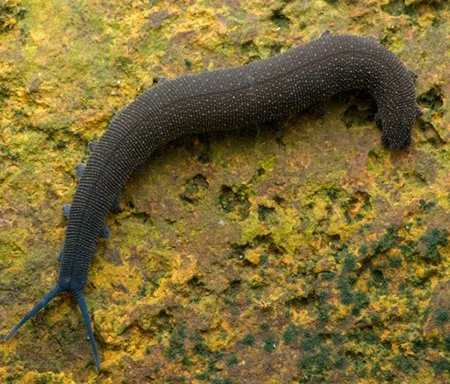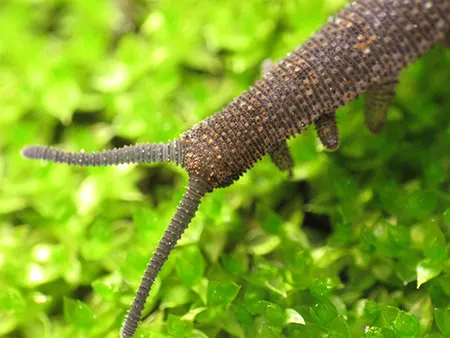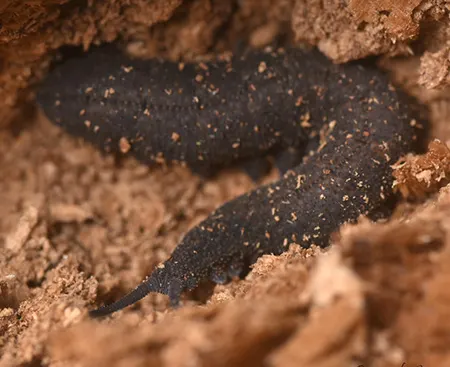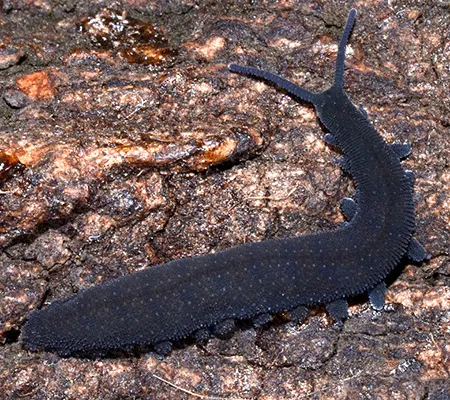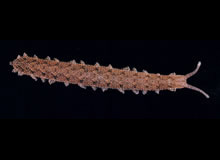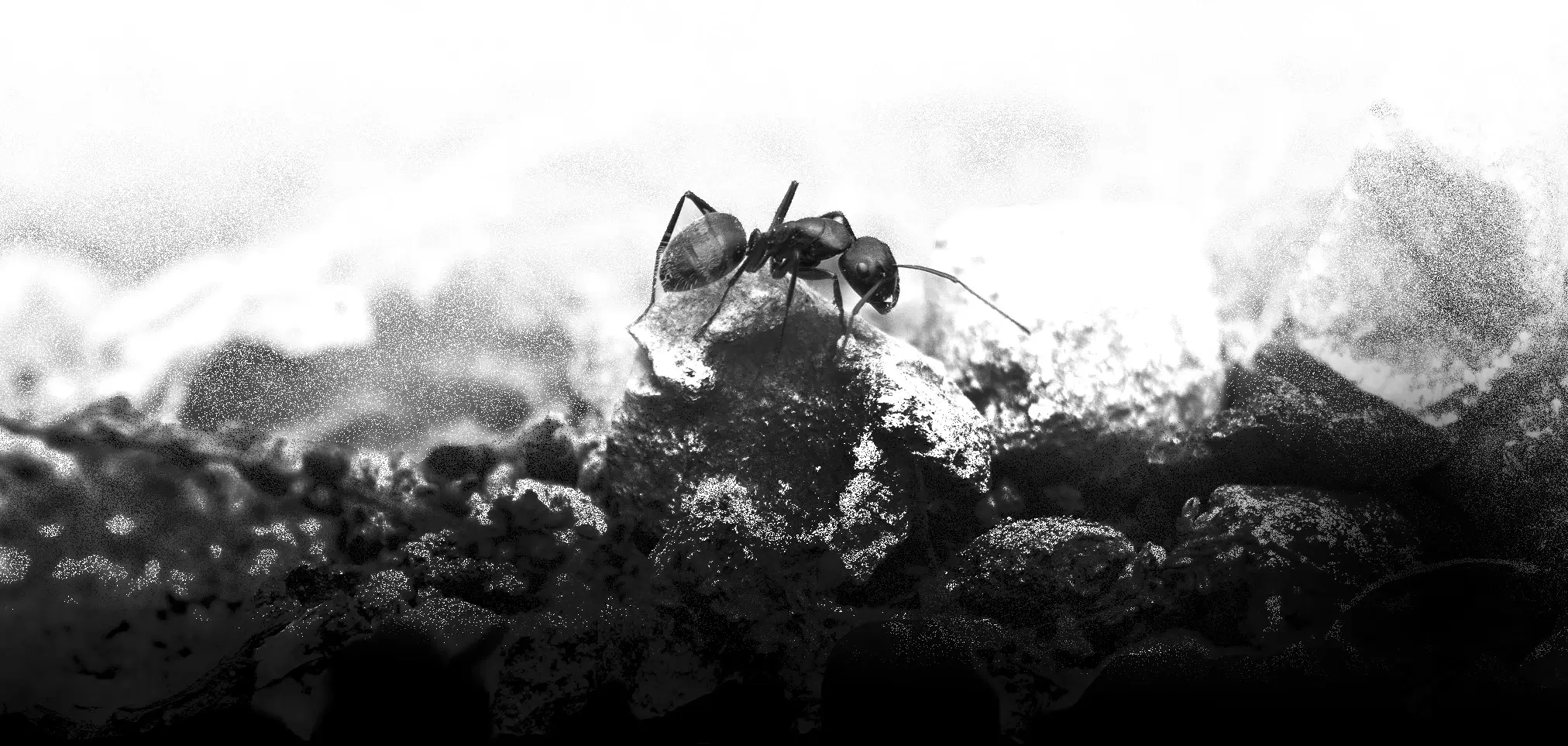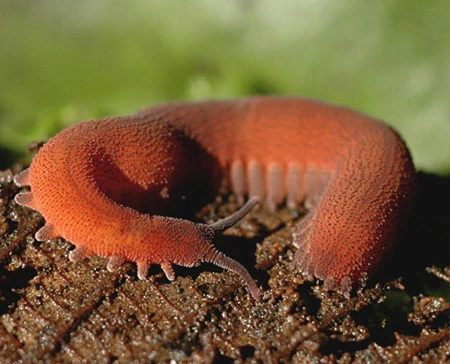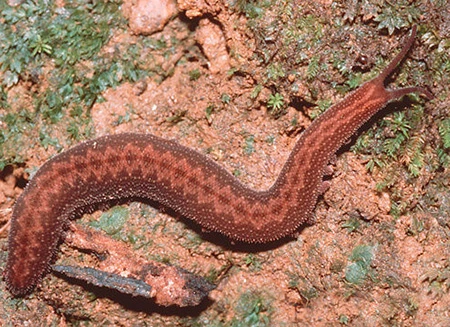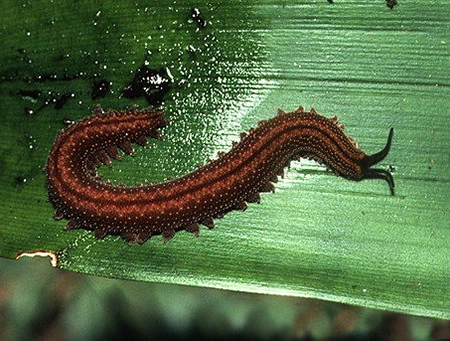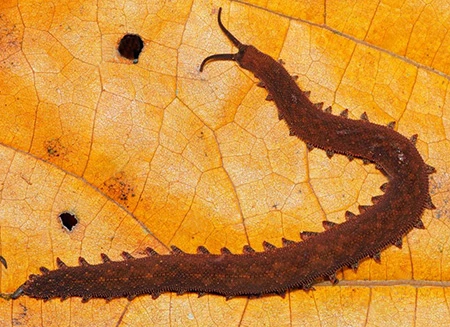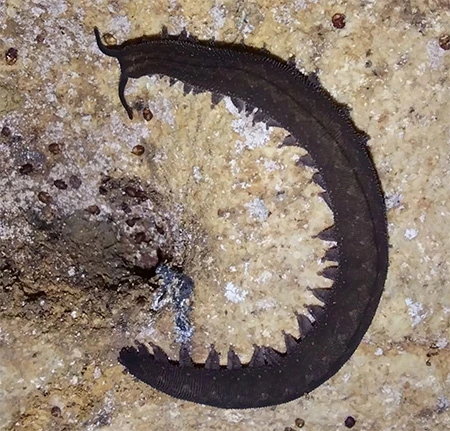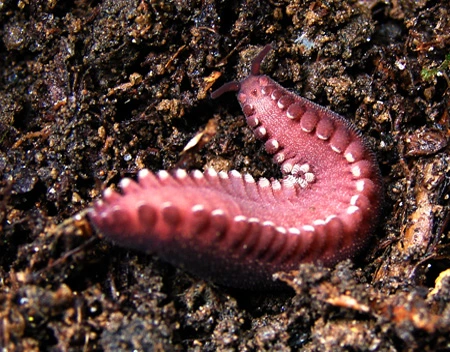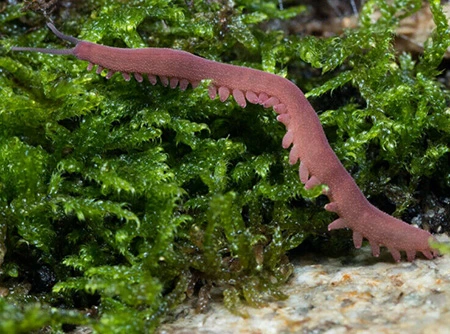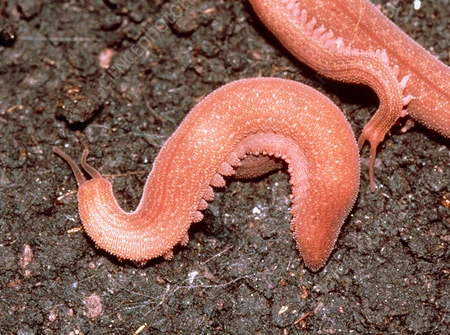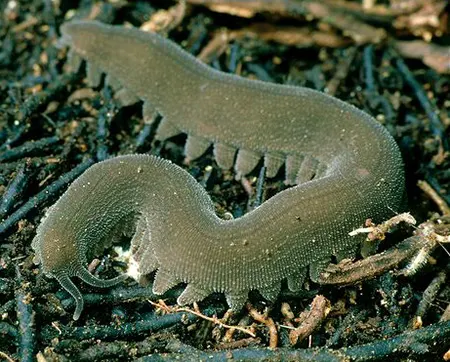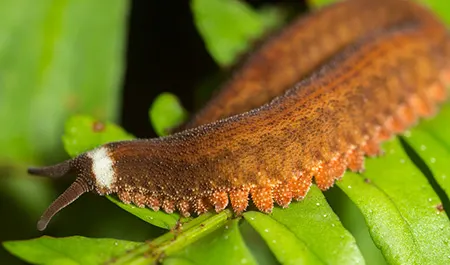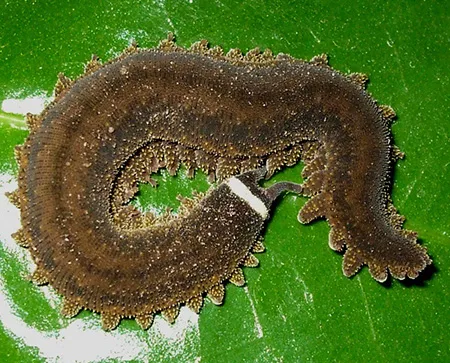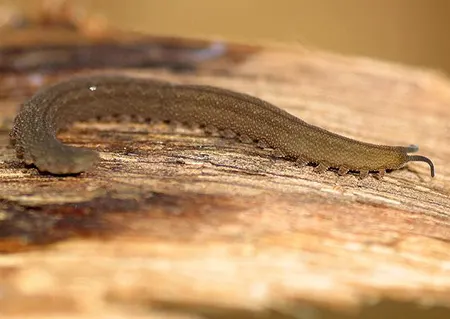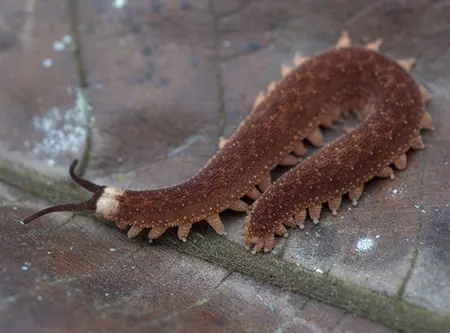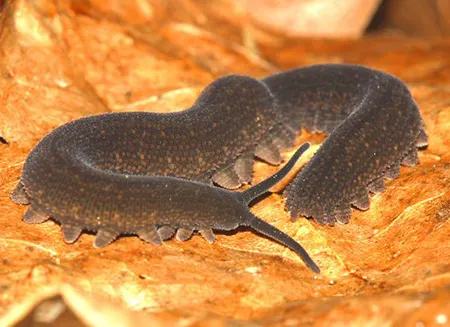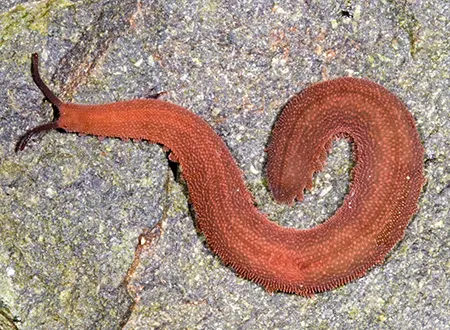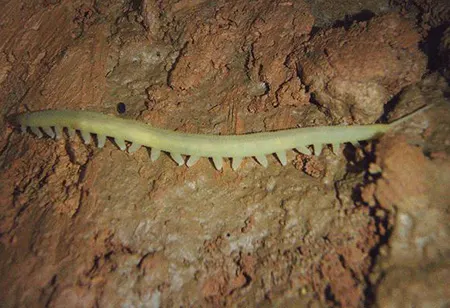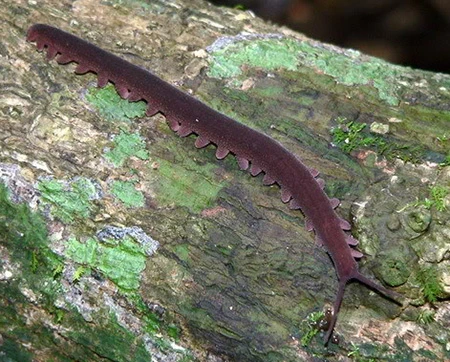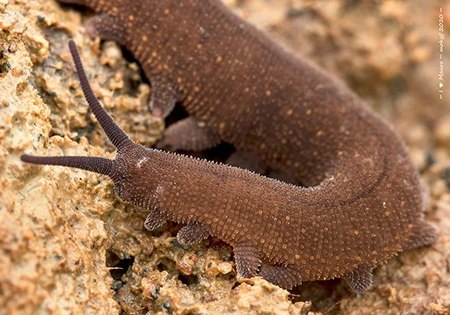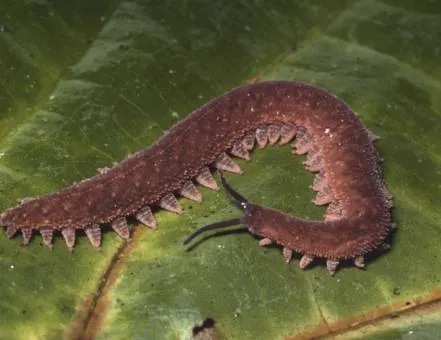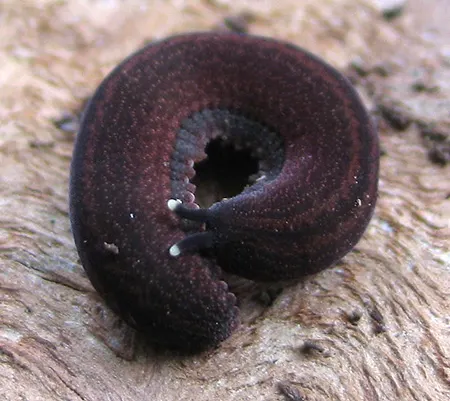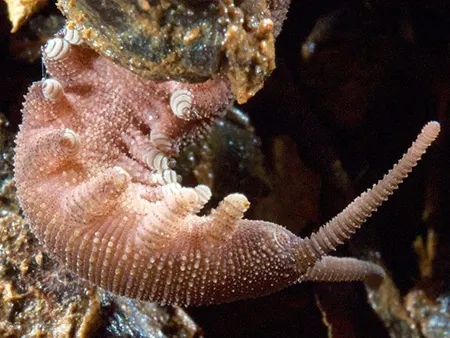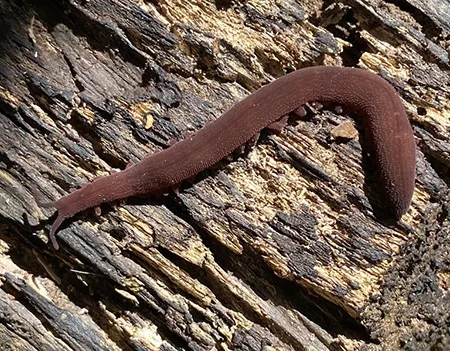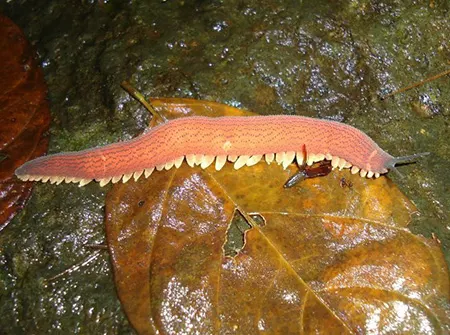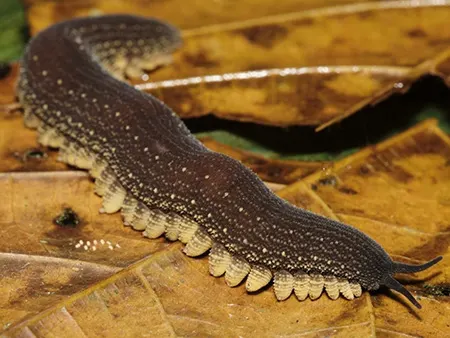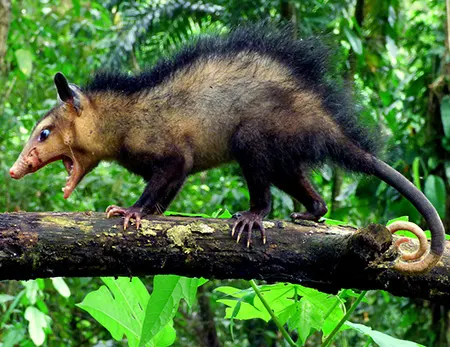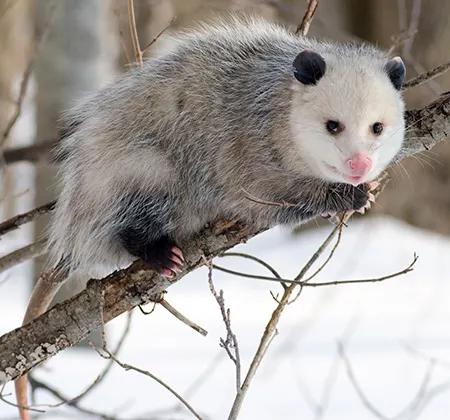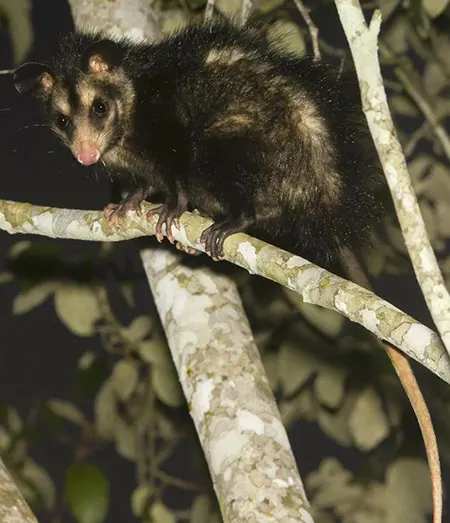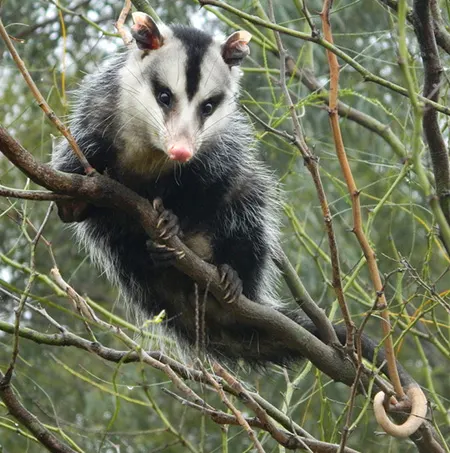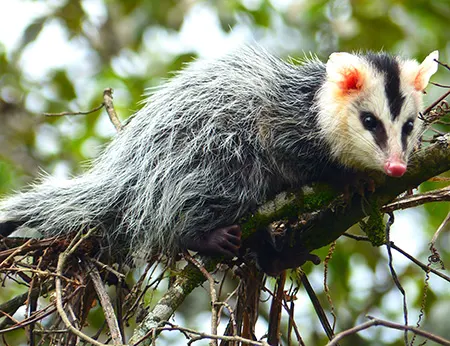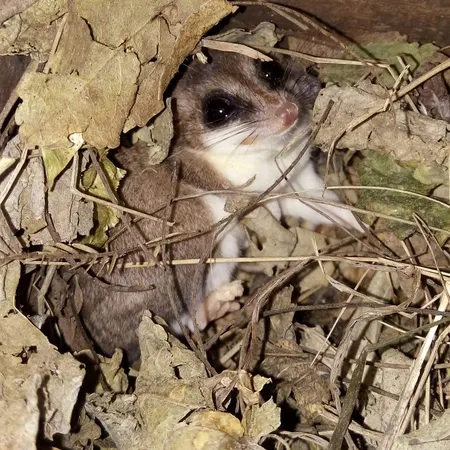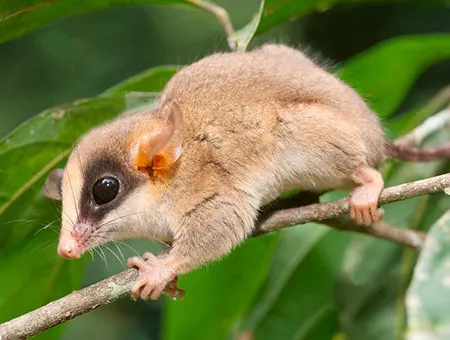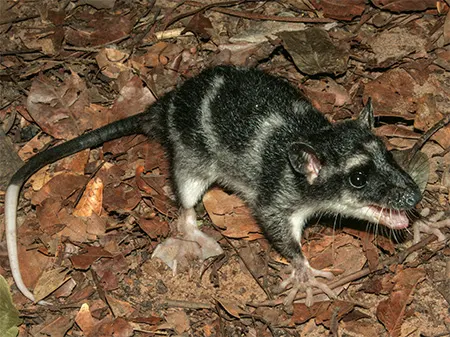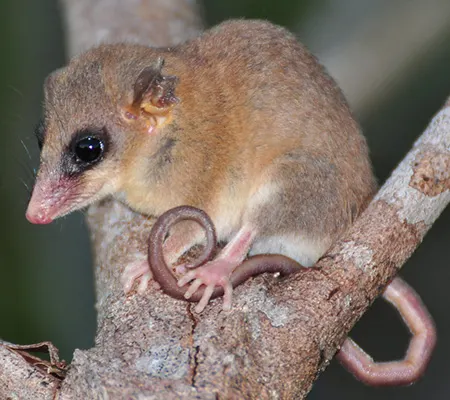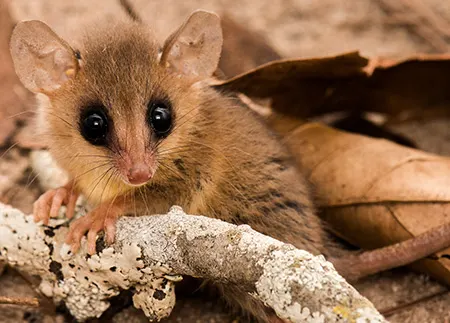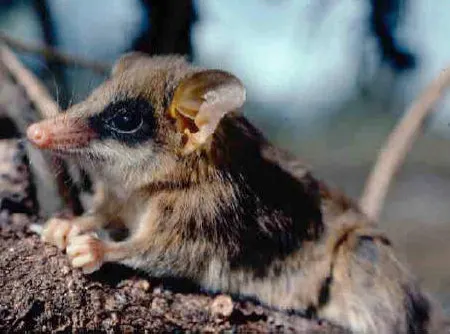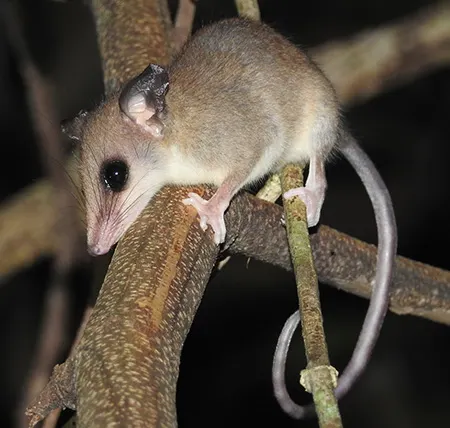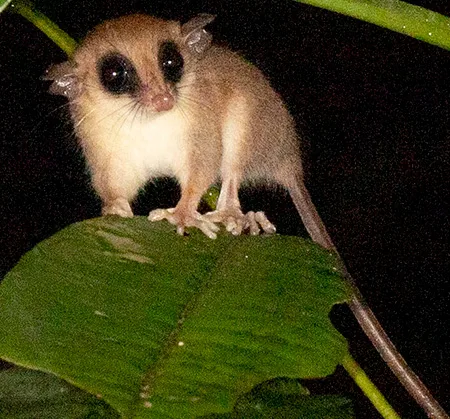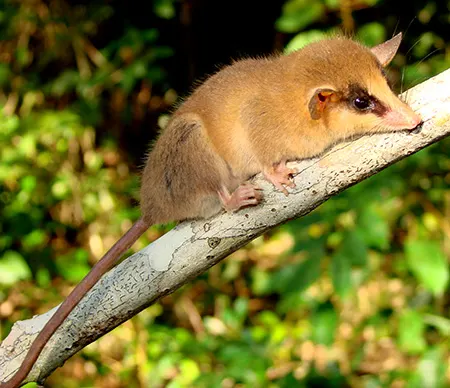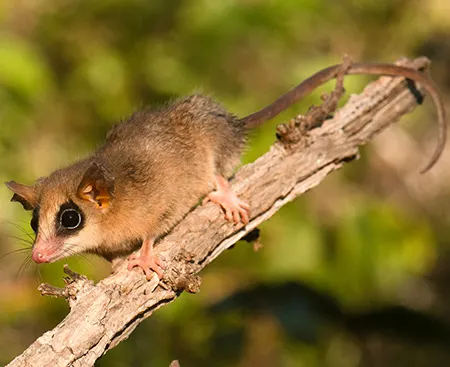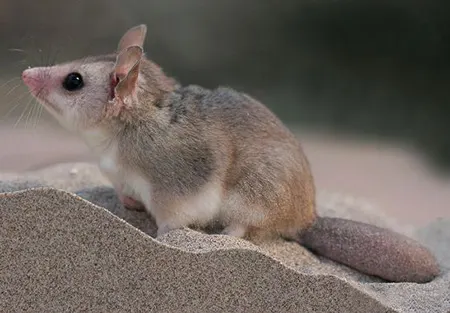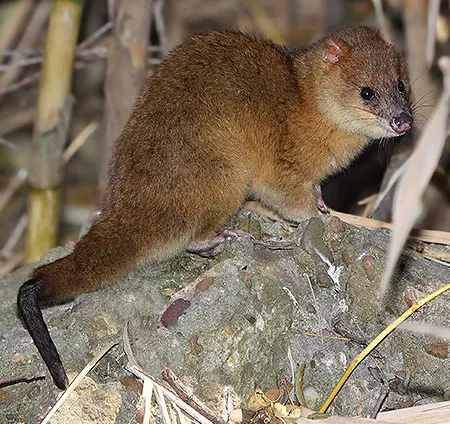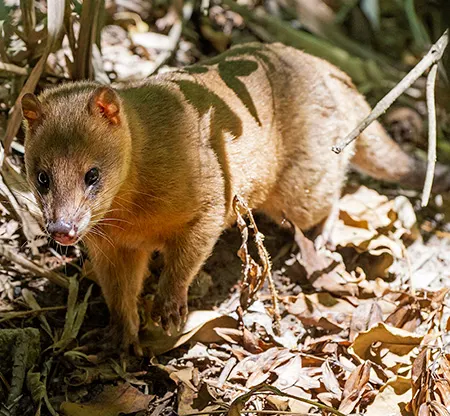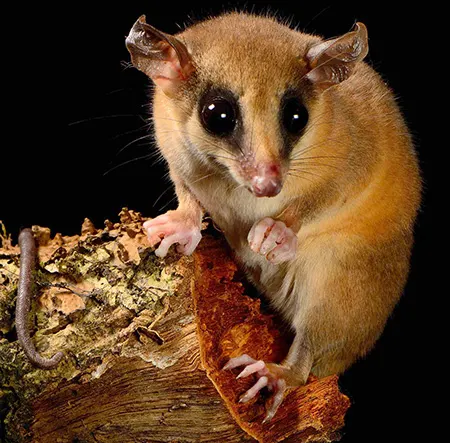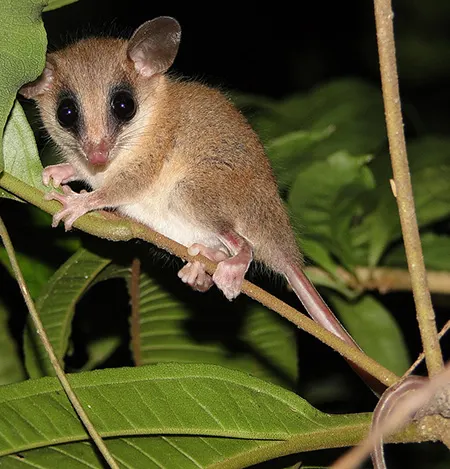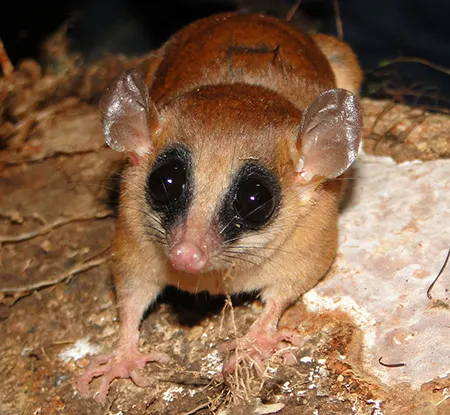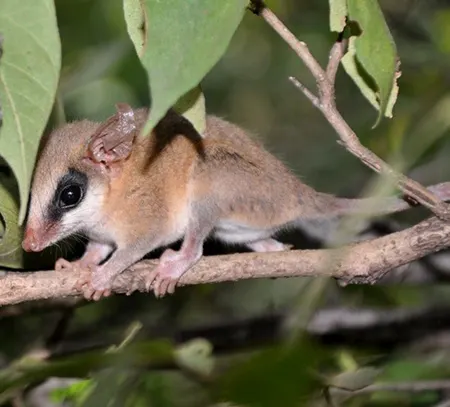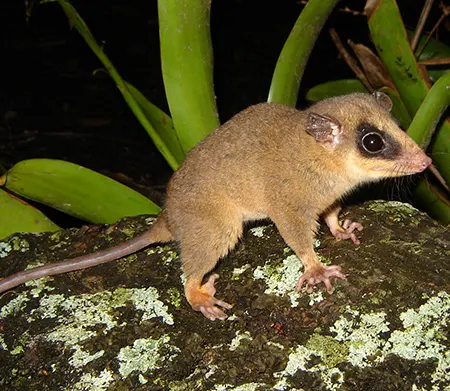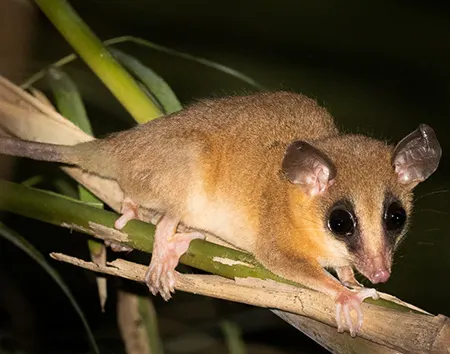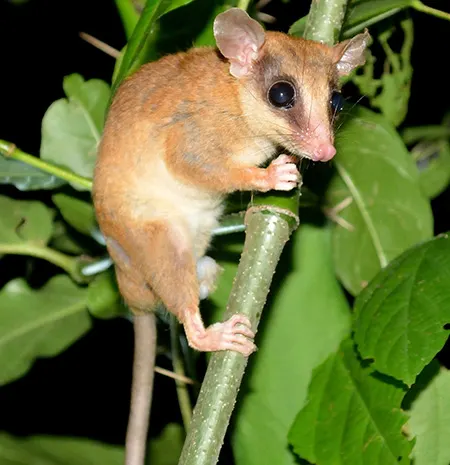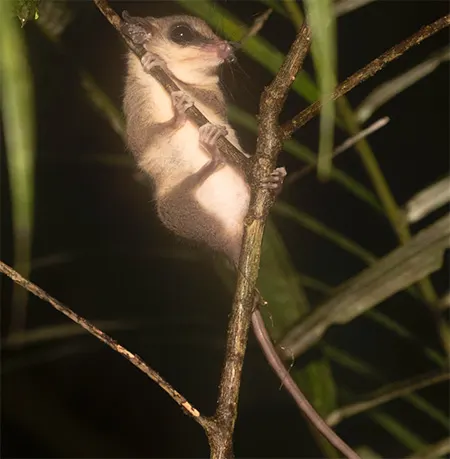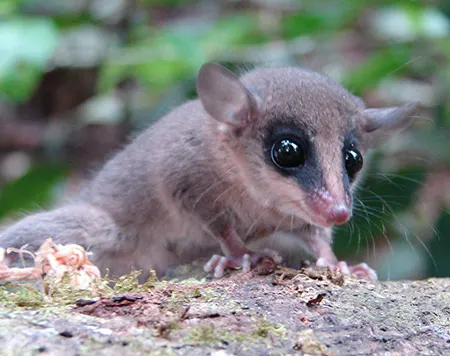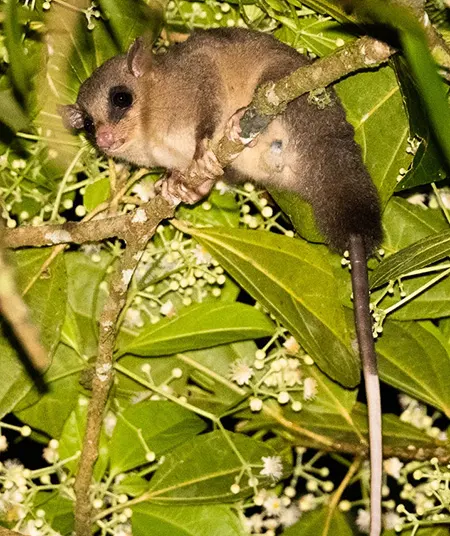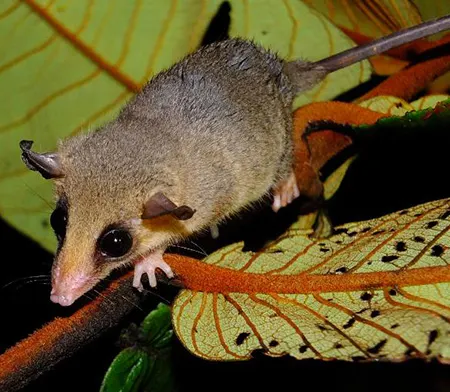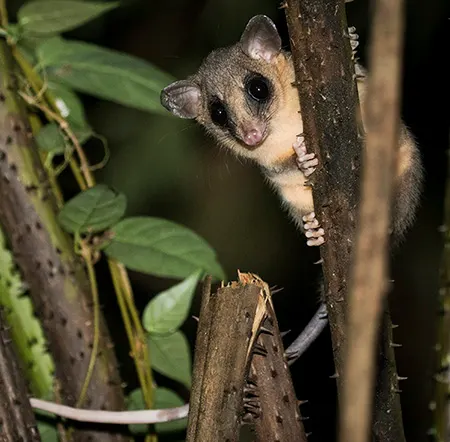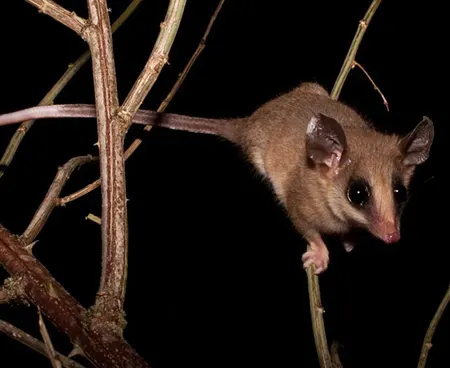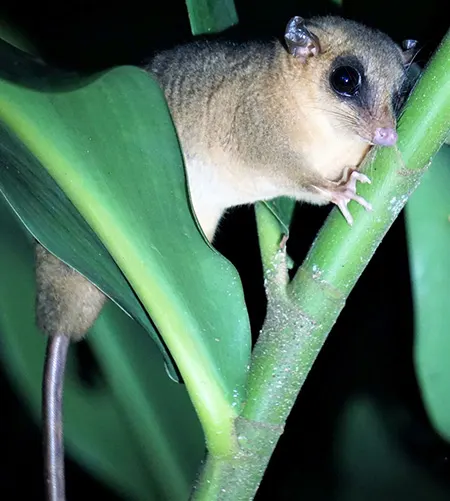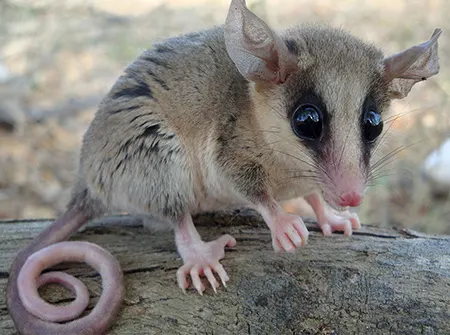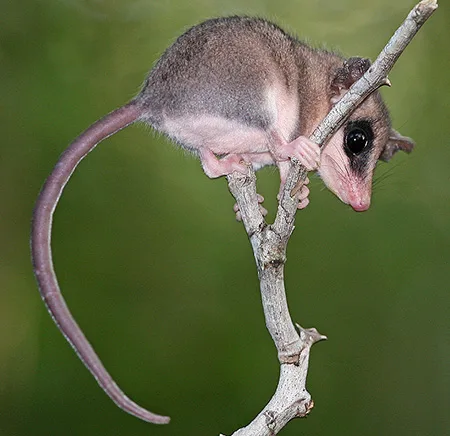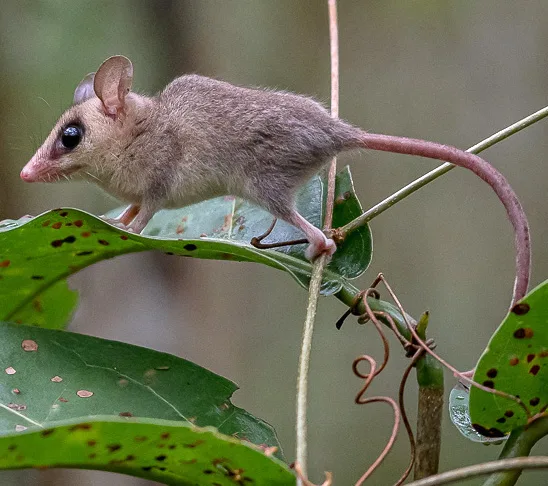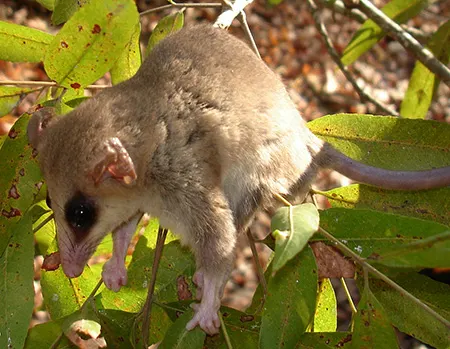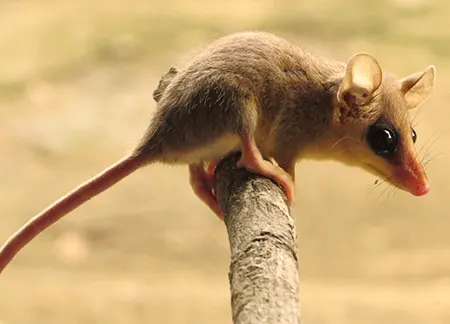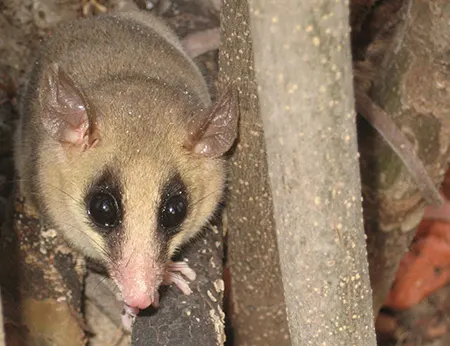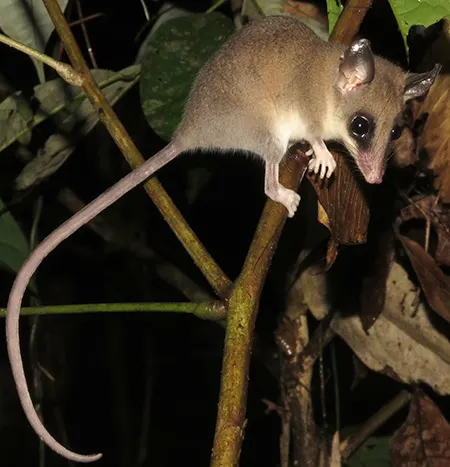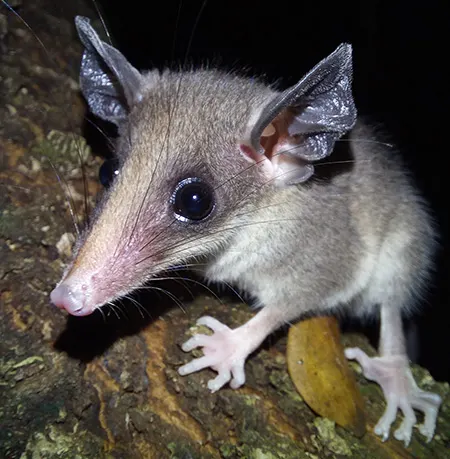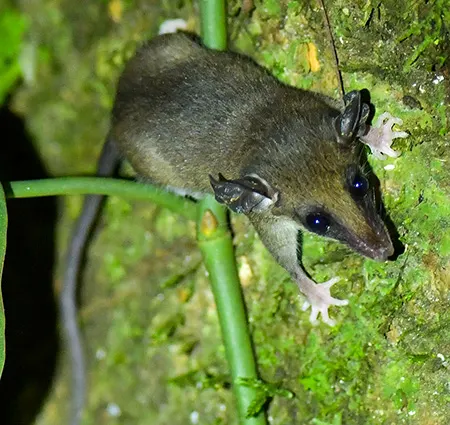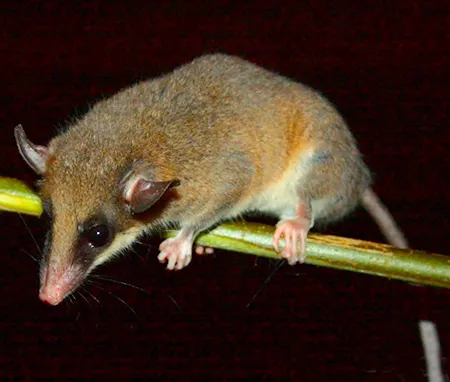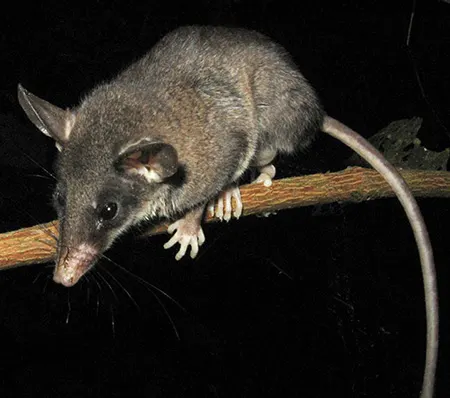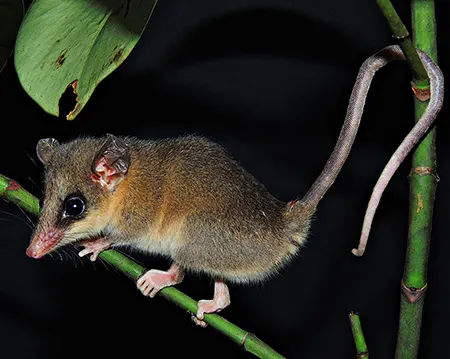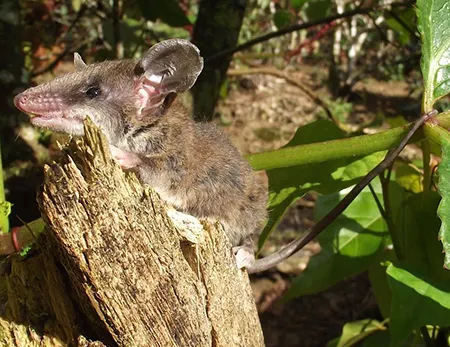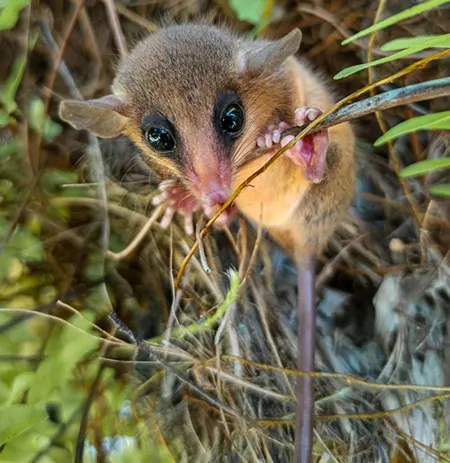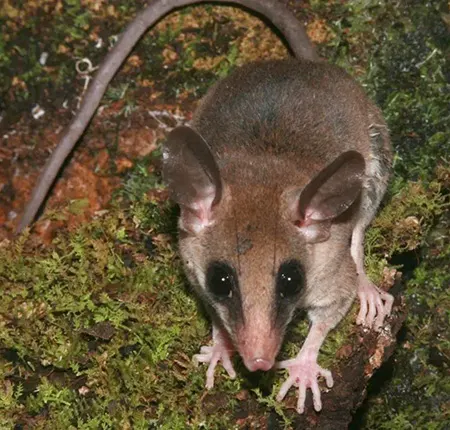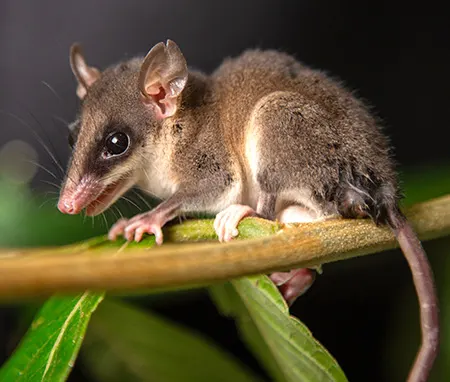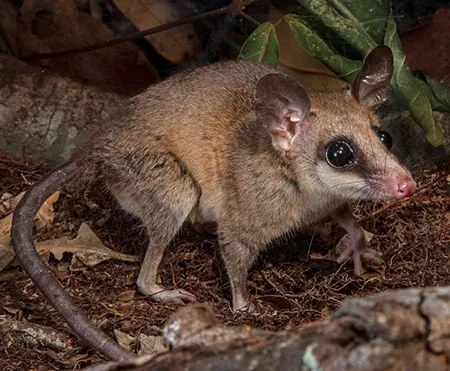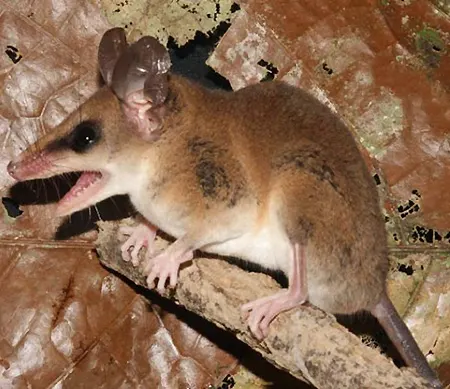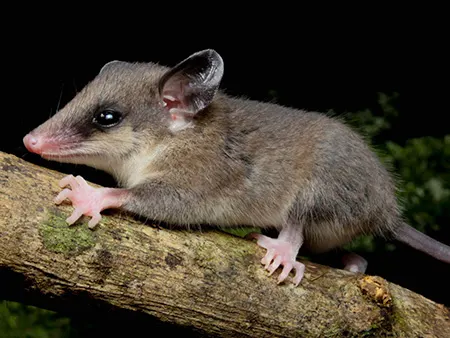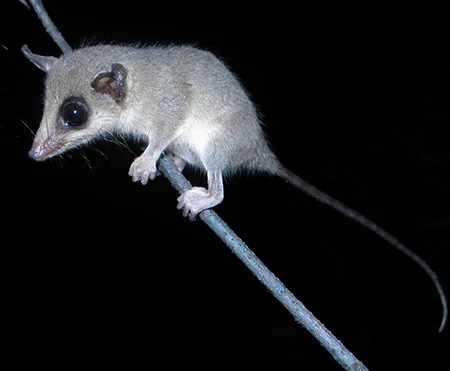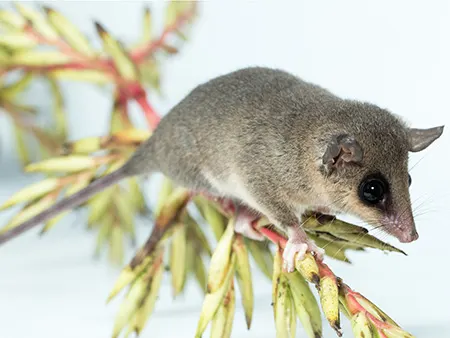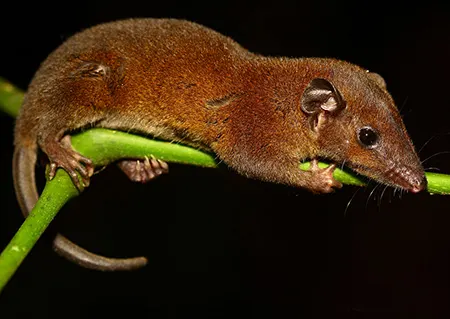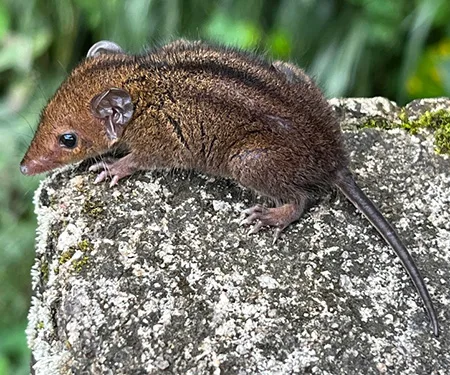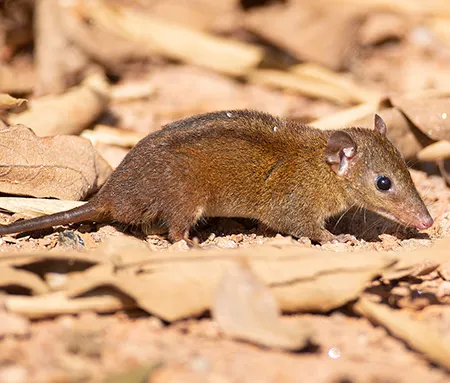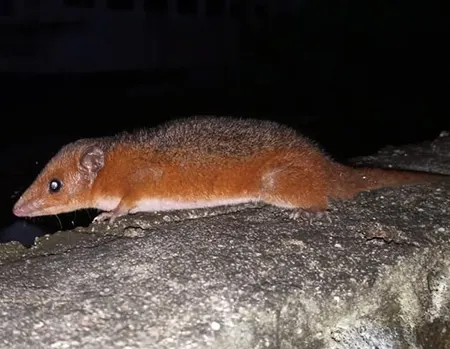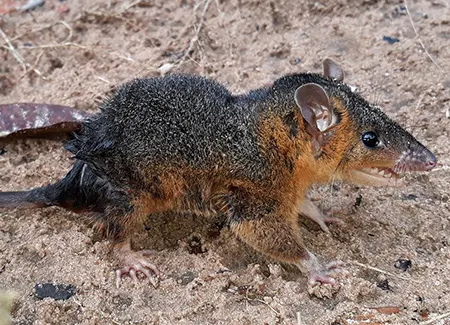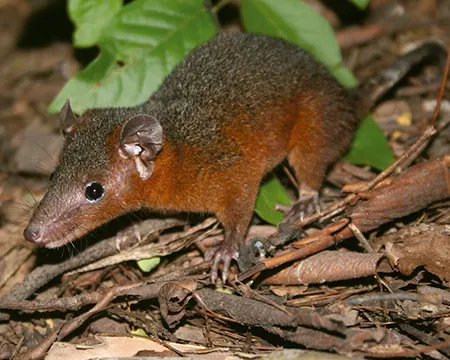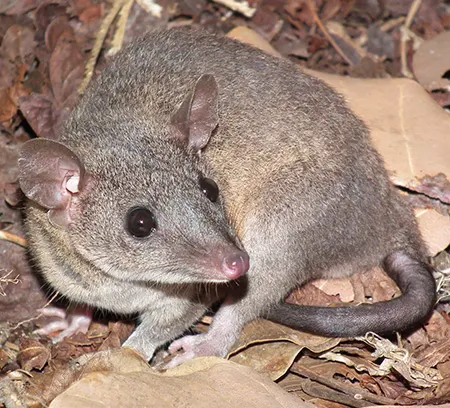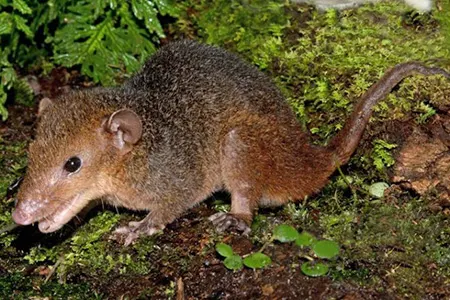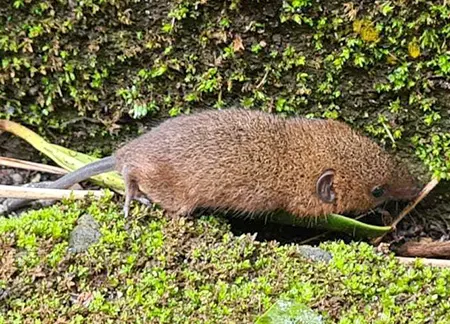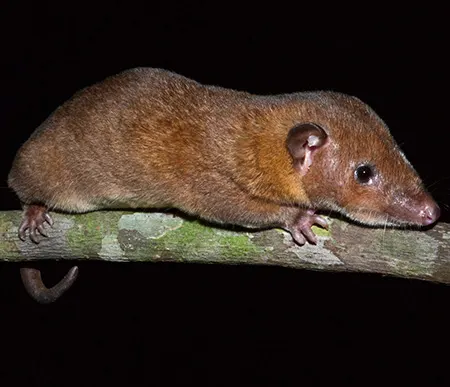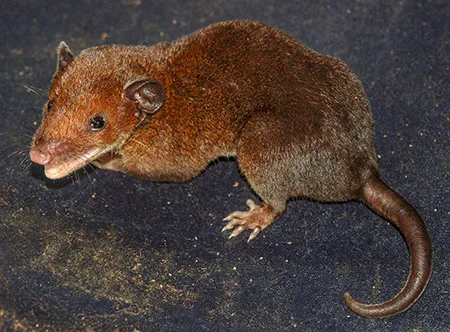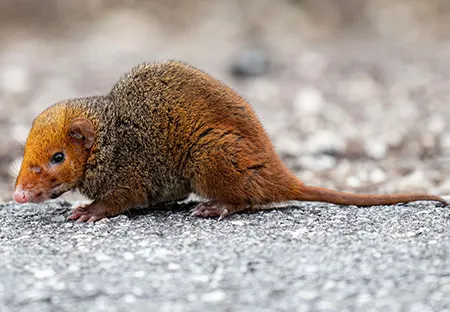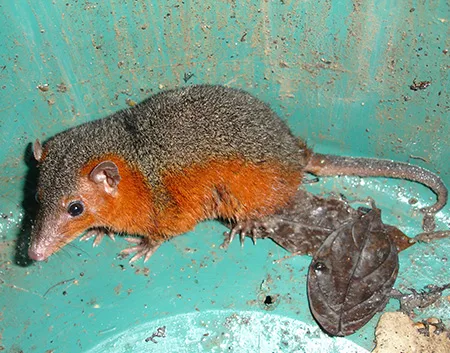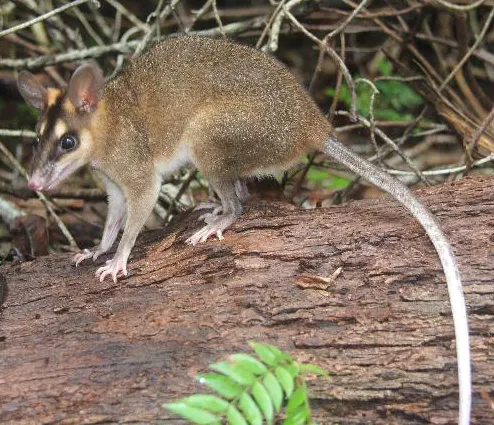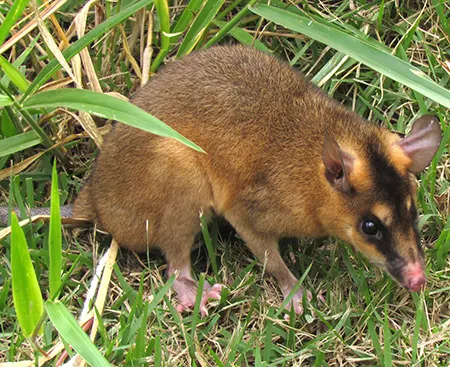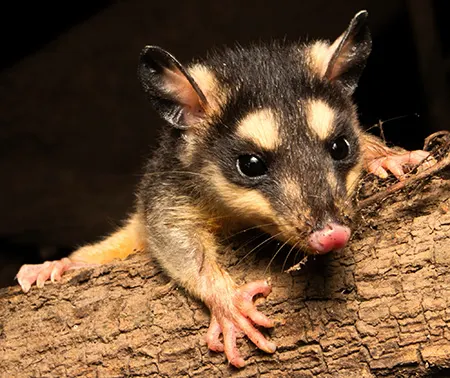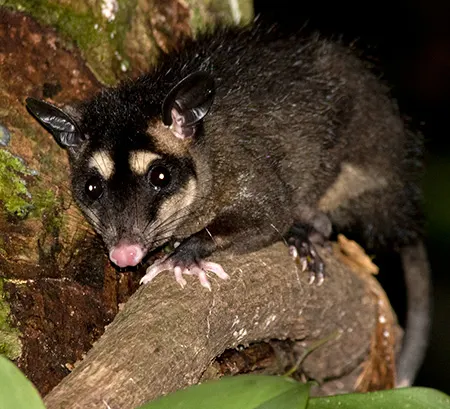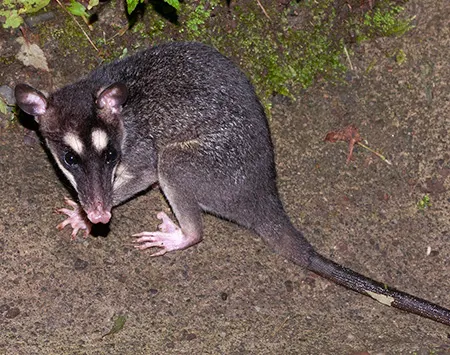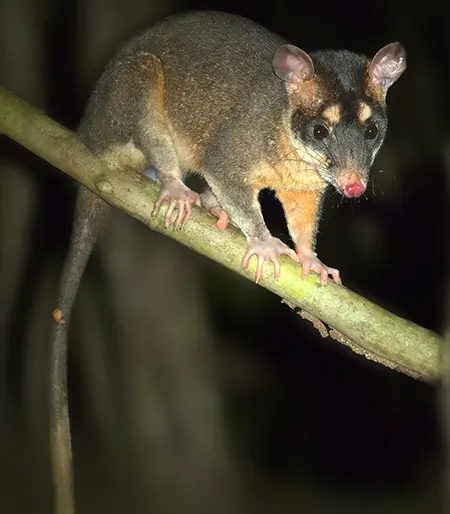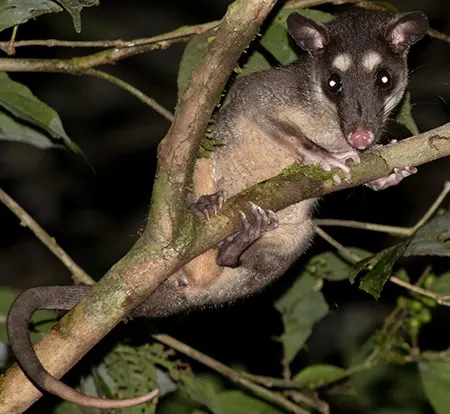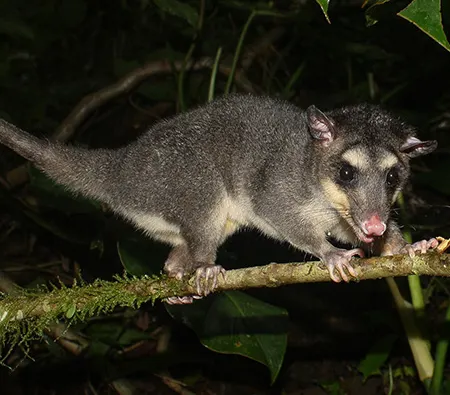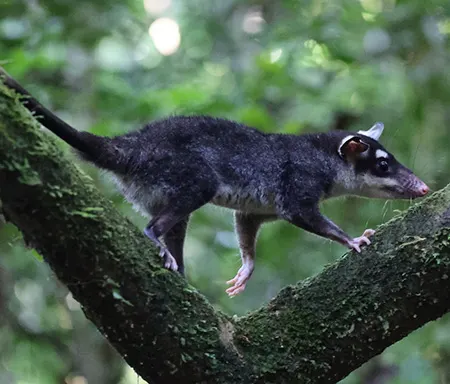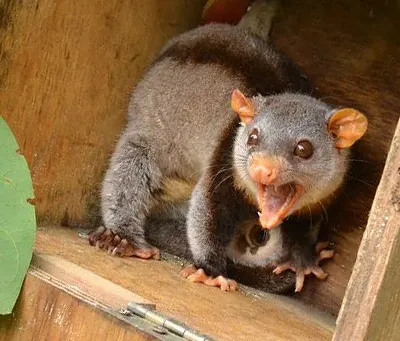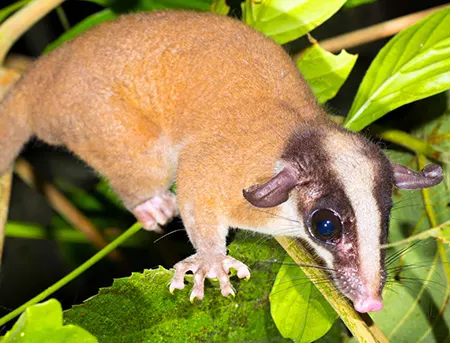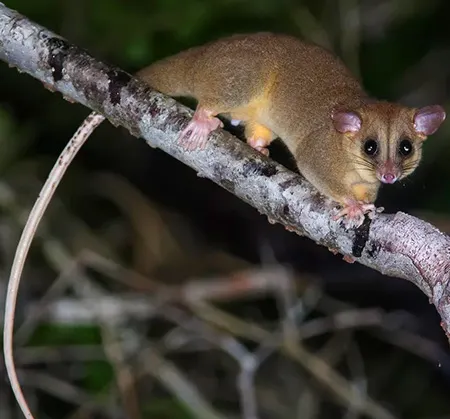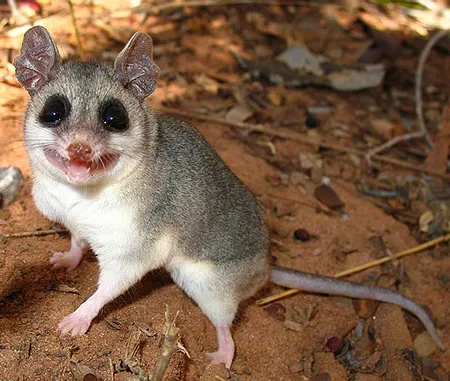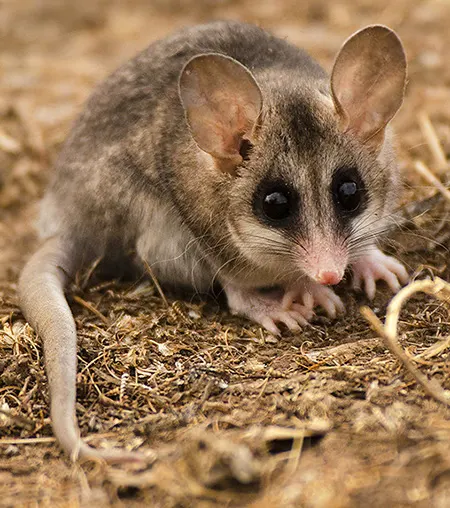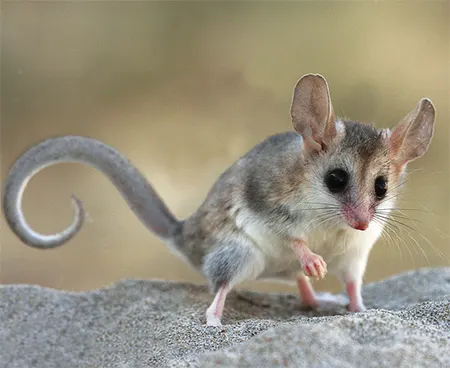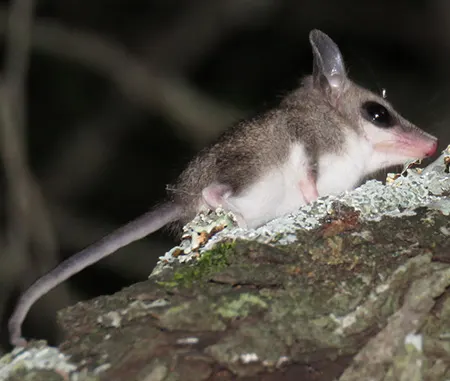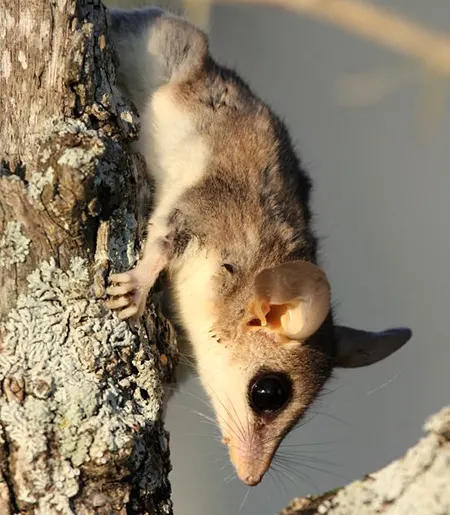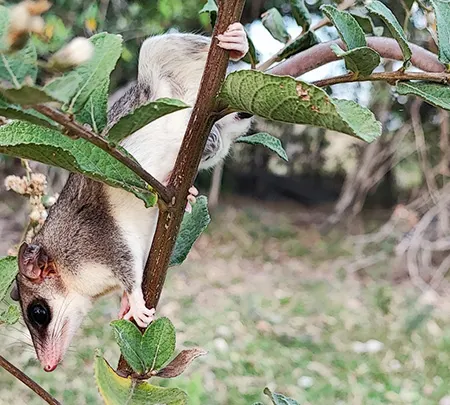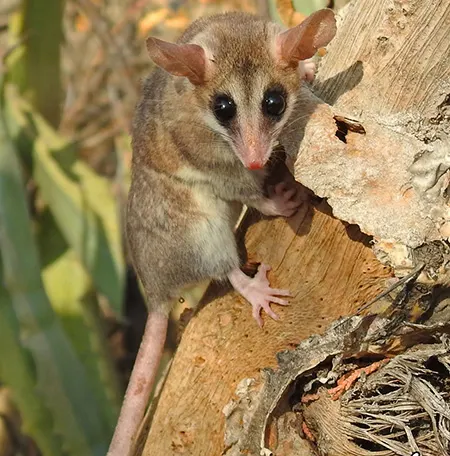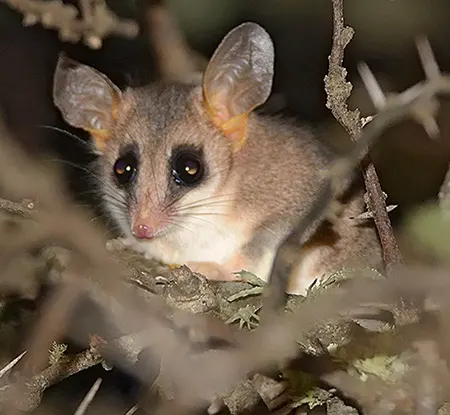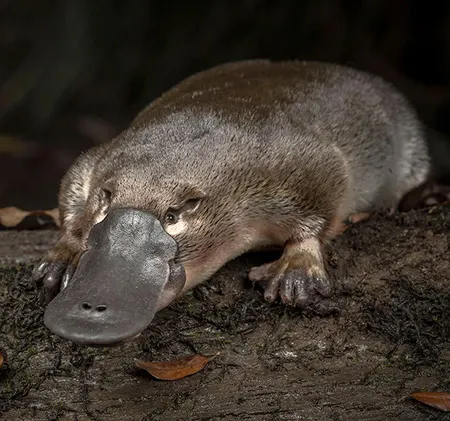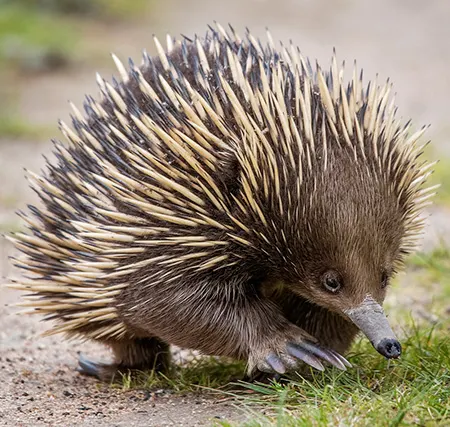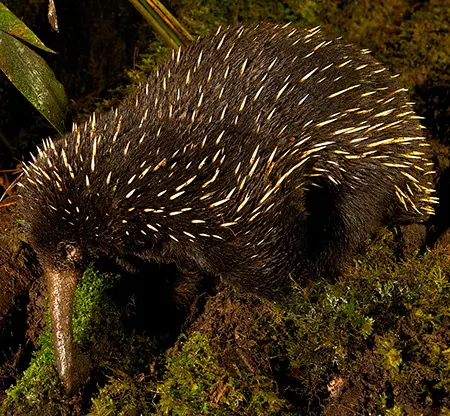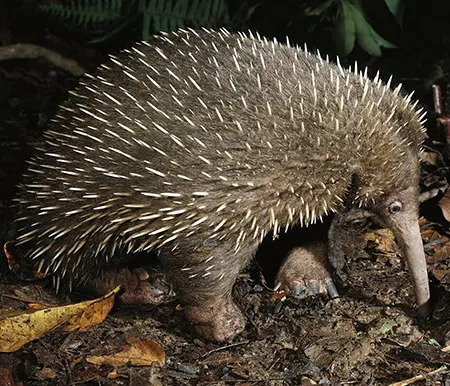Monotremes are mammals of the order Monotremata. They are the only group of living mammals that lay eggs, rather than bearing live young. The extant monotreme species are the platypus and the four species of echidnas. Monotremes are typified by structural differences in their brains, jaws, digestive tract, reproductive tract, and other body parts, compared to the more common mammalian types. Although they are different from almost all mammals in that they lay eggs, like all mammals, the female monotremes nurse their young with milk.
Like other mammals, monotremes are endothermic with a high metabolic rate; have hair on their bodies; produce milk through mammary glands to feed their young; have a single bone in their lower jaw; and have three middle ear bones.
In common with marsupials, monotremes lack the connective structure (corpus callosum) which in placentals is the primary communication route between the right and left brain hemispheres. The anterior commissure does provide an alternate communication route between the two hemispheres, though, and in monotremes and marsupials it carries all the commissural fibers arising from the neocortex, whereas in placental mammals the anterior commissure carries only some of these fibers.
Extant monotremes lack teeth as adults. Fossil forms and modern platypus young have a “tribosphenic” form of molars (with the occlusal surface formed by three cusps arranged in a triangle), which is one of the hallmarks of extant mammals.
Monotreme jaws are constructed somewhat differently from those of other mammals, and the jaw opening muscle is different. As in all true mammals, the tiny bones that conduct sound to the inner ear are fully incorporated into the skull, rather than lying in the jaw as in non-mammalian cynodonts and other pre-mammalian synapsids; this feature, too, is now claimed to have evolved independently in monotremes and therians, although, as with the analogous evolution of the tribosphenic molar, this hypothesis is disputed.Nonetheless, findings on the extinct species Teinolophos confirm that suspended ear bones evolved independently among monotremes and therians. The external opening of the ear still lies at the base of the jaw.
The monotremes also have extra bones in the shoulder girdle, including an interclavicle and coracoid, which are not found in other mammals. Monotremes retain a reptile-like gait, with legs on the sides of, rather than underneath, their bodies. The monotreme leg bears a spur in the ankle region; the spur is not functional in echidnas, but contains a powerful venom in the male platypus. This venom is derived from β-defensins, proteins that are present in mammals that create holes in viral and bacterial pathogens. Some reptile venom is also composed of different types of β-defensins, another trait shared with reptiles. It is thought to be an ancient mammalian characteristic, as many non-monotreme archaic mammal groups also possess venomous spurs.
Platypus
In captivity, platypuses have survived to 30 years of age, and wild specimens have been recaptured when 24 years old. Mortality rates for adults in the wild appear to be low. Natural predators include snakes, water rats, goannas, hawks, owls, and eagles.
The platypus is an excellent swimmer and spends much of its time in the water foraging for food. It has a swimming style unique among mammals, propelling itself by alternate strokes of the front feet, while the webbed hind feet are held against the body and only used for steering, along with the tail. It can maintain its relatively low body temperature of about 32 °C while foraging for hours in water below 5 °C. Dives normally last around 30 seconds, with an estimated aerobic limit of 40 seconds, with 10 to 20 seconds at the surface between dives.
The platypus rests in a short, straight burrow in the riverbank about 30 cm above water level, its oval entrance-hole often hidden under a tangle of roots. It may sleep up to 14 hours per day, after half a day of diving.
The platypus is a carnivore, feeding on annelid worms, insect larvae, freshwater shrimp, and yabby (crayfish) that it digs out of the riverbed with its snout or catches while swimming. It carries prey to the surface in cheek-pouches before eating it. It eats about 20% of its own weight each day, which requires it to spend an average of 12 hours daily looking for food.
The species has a single breeding season between June and October, with some local variation. Investigations have found both resident and transient platypuses, and suggest a polygynous mating system.[80] Females are believed to become sexually mature in their second year, with breeding observed in animals over nine years old. During copulation, the male grasps the female’s tail with his bill, wraps his tail around her, then grips her neck or shoulder, everts his penis through his cloaca, and inserts it into her urogenital sinus. He takes no part in nesting, living in his year-long resting burrow. After mating, the female constructs a deep, elaborate nesting burrow up to 20 m long. She tucks fallen leaves and reeds underneath her curled tail, dragging them to the burrow to soften the tunnel floor with folded wet leaves, and to line the nest at the end with bedding.
Young platypus are called “puggles”. Newly hatched platypuses are vulnerable, blind, and hairless, and are fed by the mother’s milk, that provides all the requirements for growth and development. After they hatch, the offspring are milk-fed for three to four months.
During incubation and weaning, the mother initially leaves the burrow only for short periods to forage. She leaves behind her a number of thin soil plugs along the length of the burrow, possibly to protect the young from predators; pushing past these on her return squeezes water from her fur and allows the burrow to remain dry. After about five weeks, the mother begins to spend more time away from her young, and at around four months, the young emerge from the burrow. A platypus is born with teeth, but these drop out at a very early age, leaving the horny plates it uses to grind food.
Echidna
Echidnas do not tolerate extreme temperatures; they shelter from harsh weather in caves and rock crevices. Echidnas are found in forests and woodlands, hiding under vegetation, roots or piles of debris. They sometimes use the burrows (both abandoned and in use) of animals such as rabbits and wombats. Individual echidnas have large, mutually overlapping territories.
The short-beaked echidna’s diet consists mostly of ants and termites, while the Zaglossus (long-beaked) species typically eat worms and insect larvae. The tongues of long-beaked echidnas have sharp, tiny spines that help them capture their prey. They have no teeth, so they break down their food by grinding it between the bottoms of their mouths and their tongues.
The female lays a single soft-shelled, leathery egg 22 days after mating, and deposits it directly into her pouch. An egg weighs 1.5 to 2 g and is about 1.4 cm long. While hatching, the baby echidna opens the leather shell with a reptile-like egg tooth. Hatching takes place after 10 days of gestation; the young echidna, called a puggle, born larval and fetus-like, then sucks milk from the pores of the two milk patches (monotremes have no teats) and remains in the pouch for 45 to 55 days, at which time it starts to develop spines. The mother digs a nursery burrow and deposits the young, returning every five days to suckle it until it is weaned at seven months. Puggles will stay within their mother’s den for up to a year before leaving.
Breeding season begins in late June and extends through September. During mating season, a female may be followed by a line or “train” of up to ten males, the youngest trailing last, and some males switching between lines.
